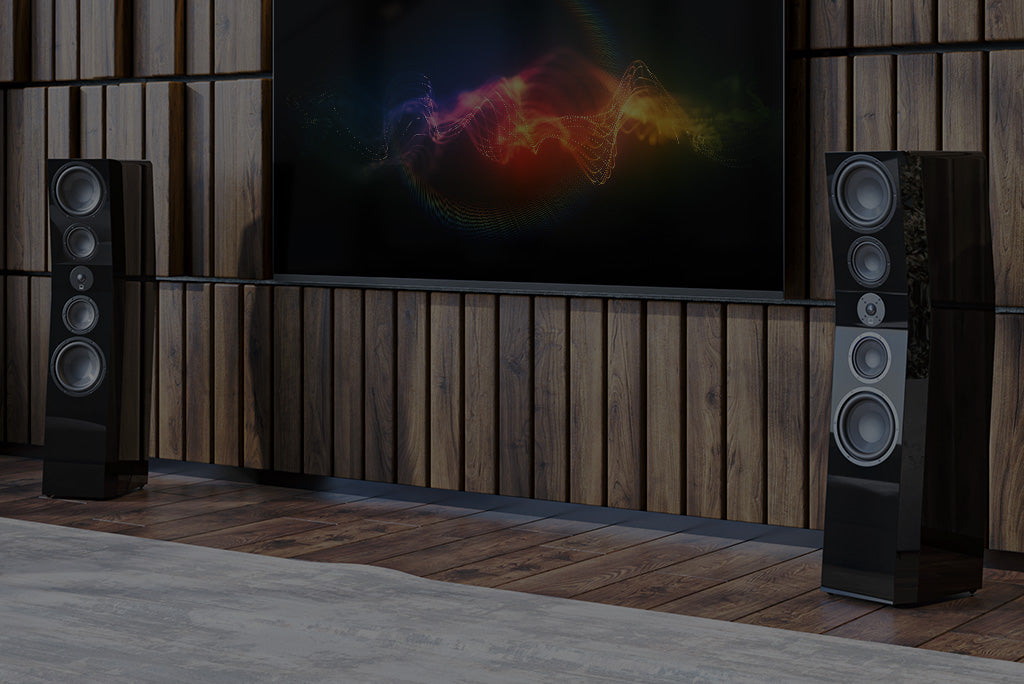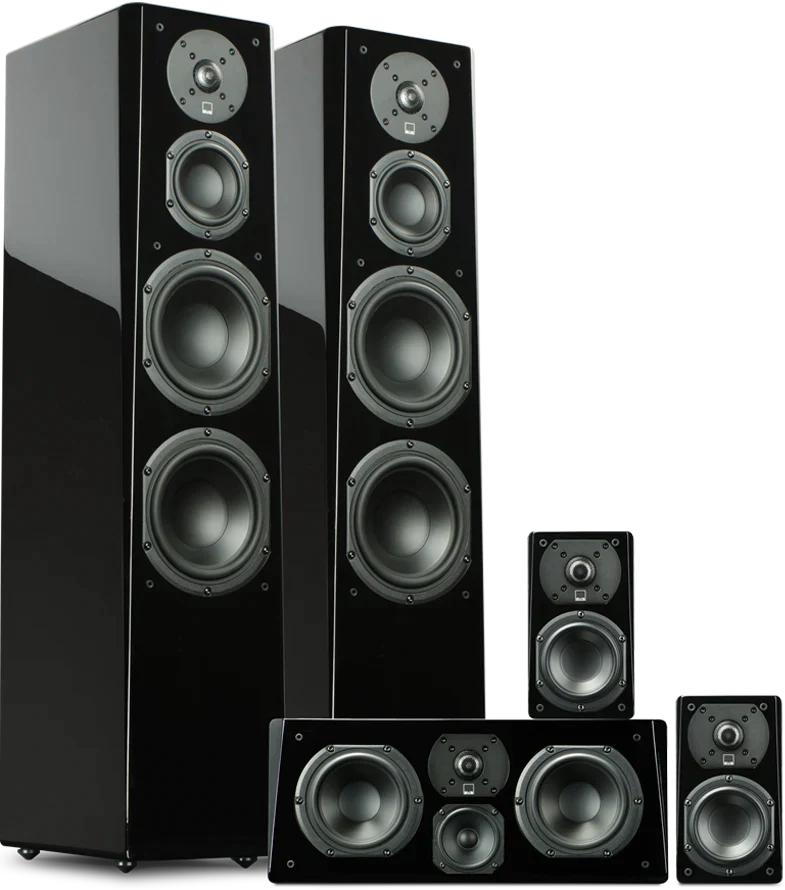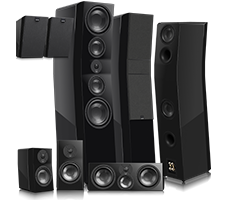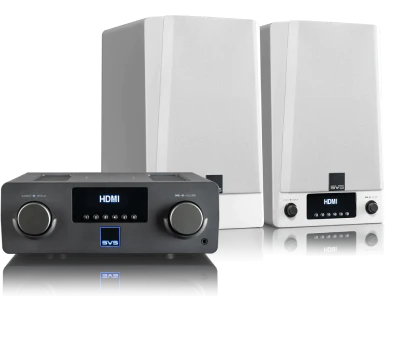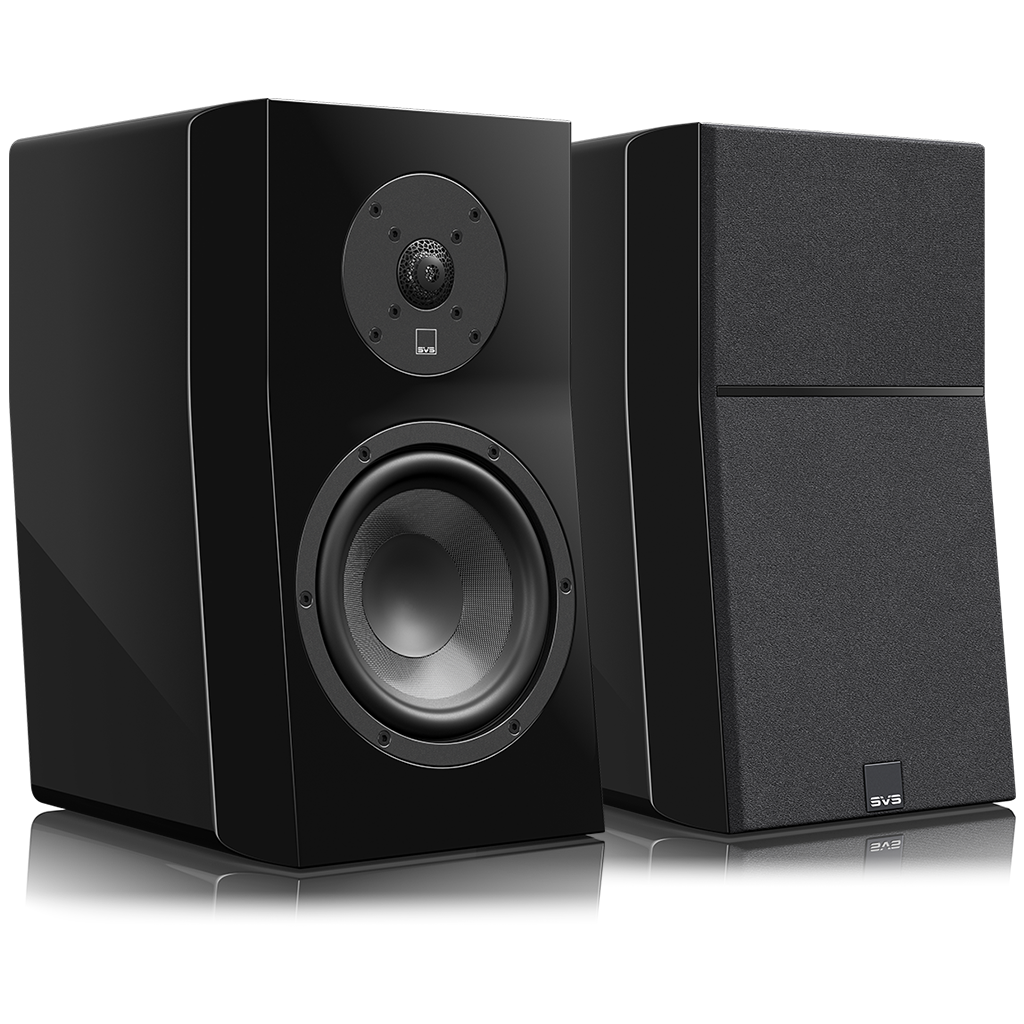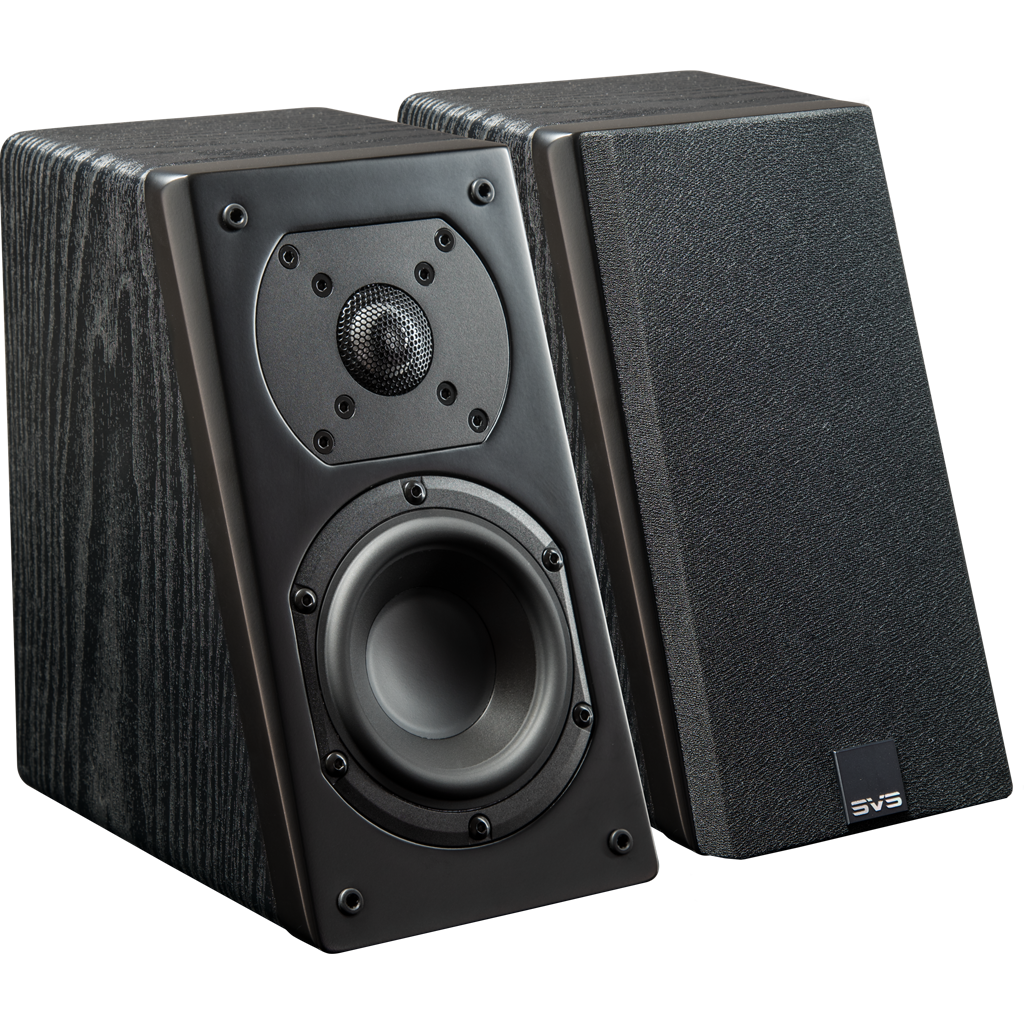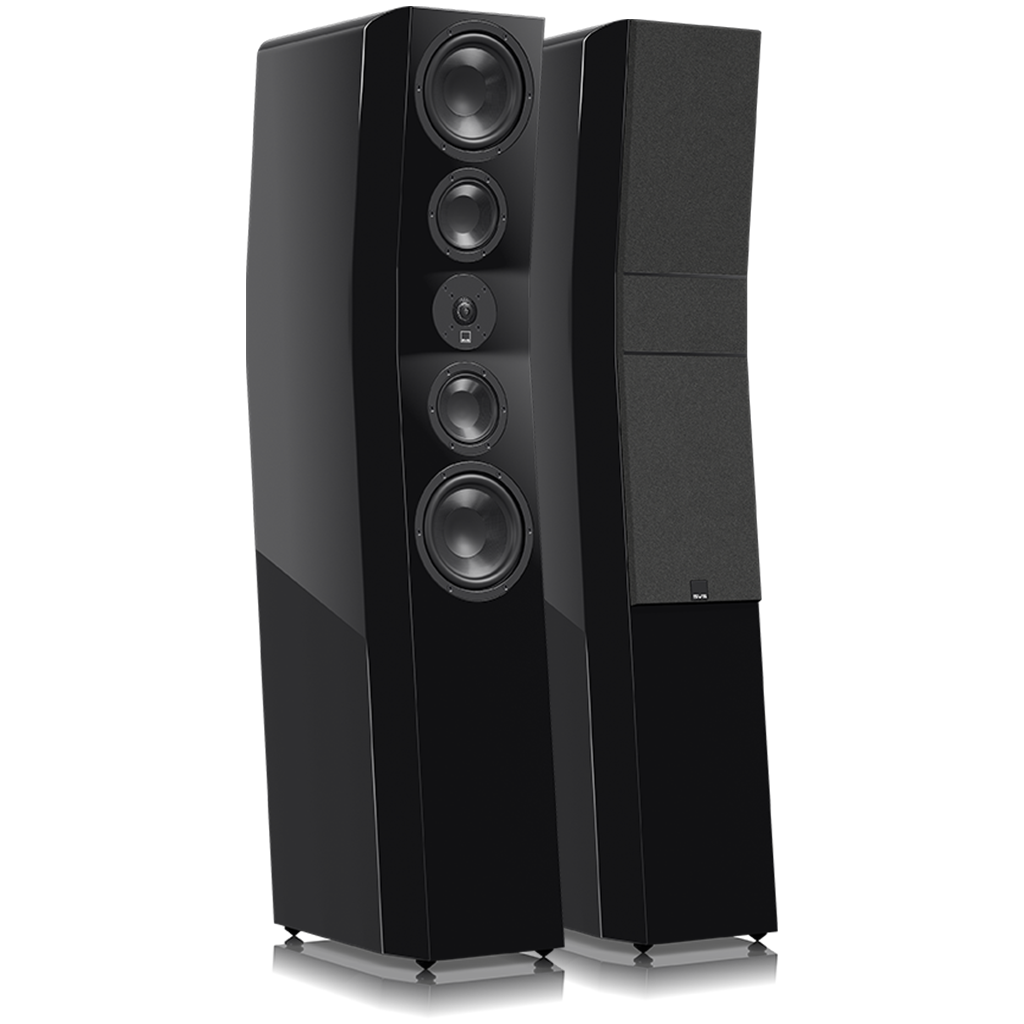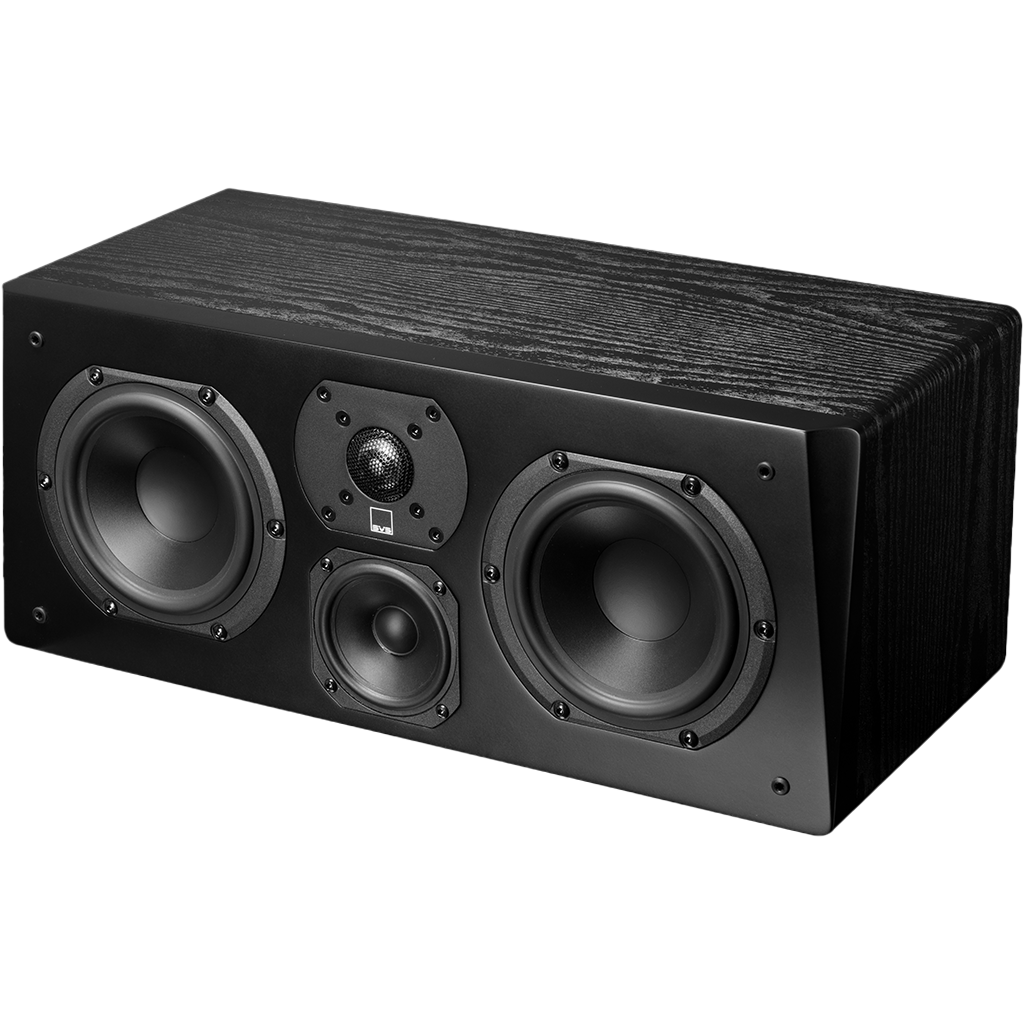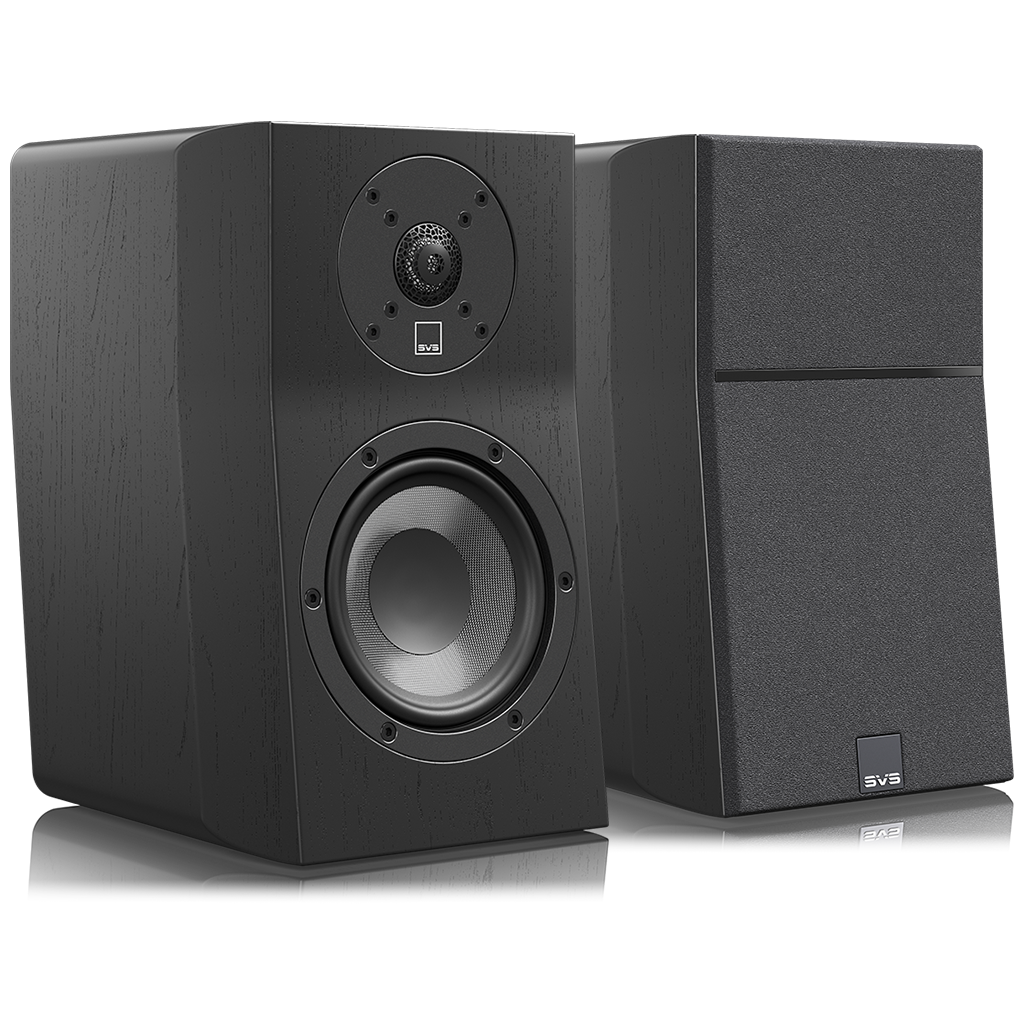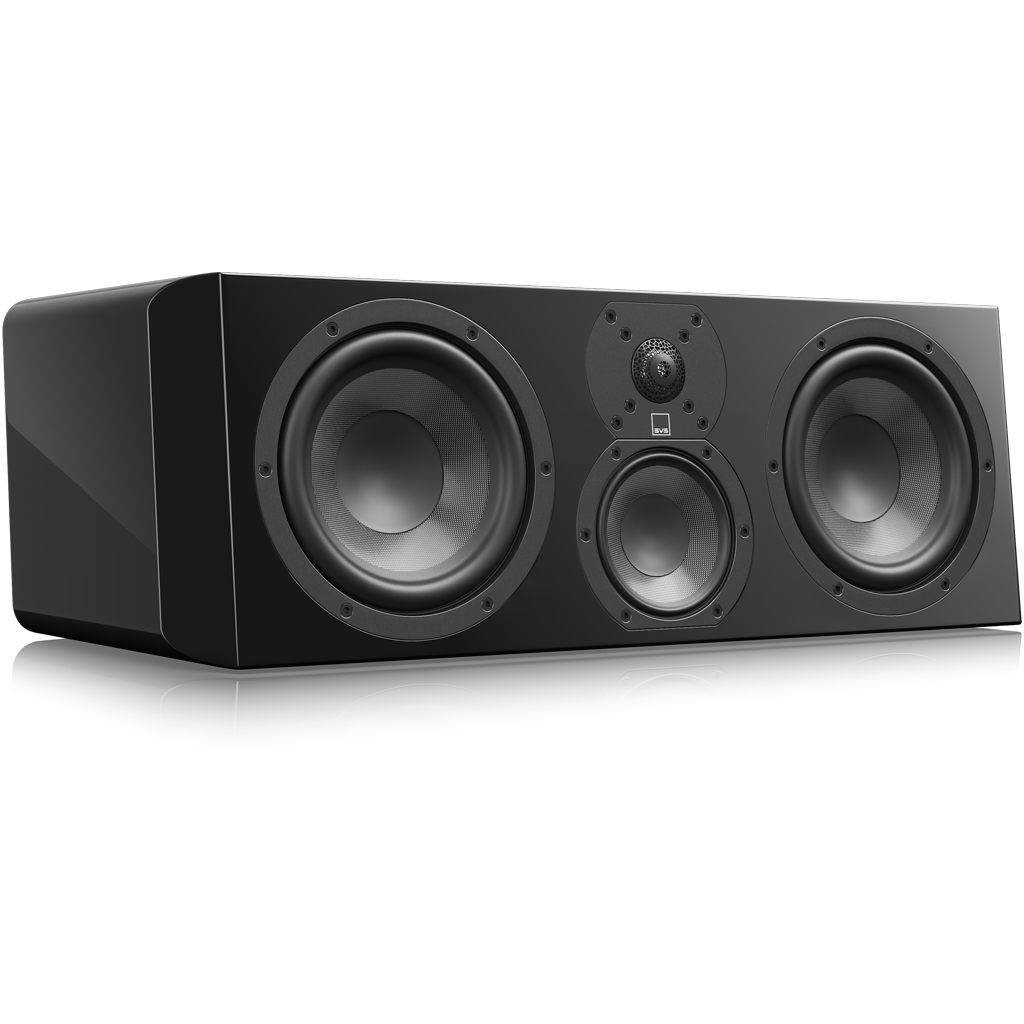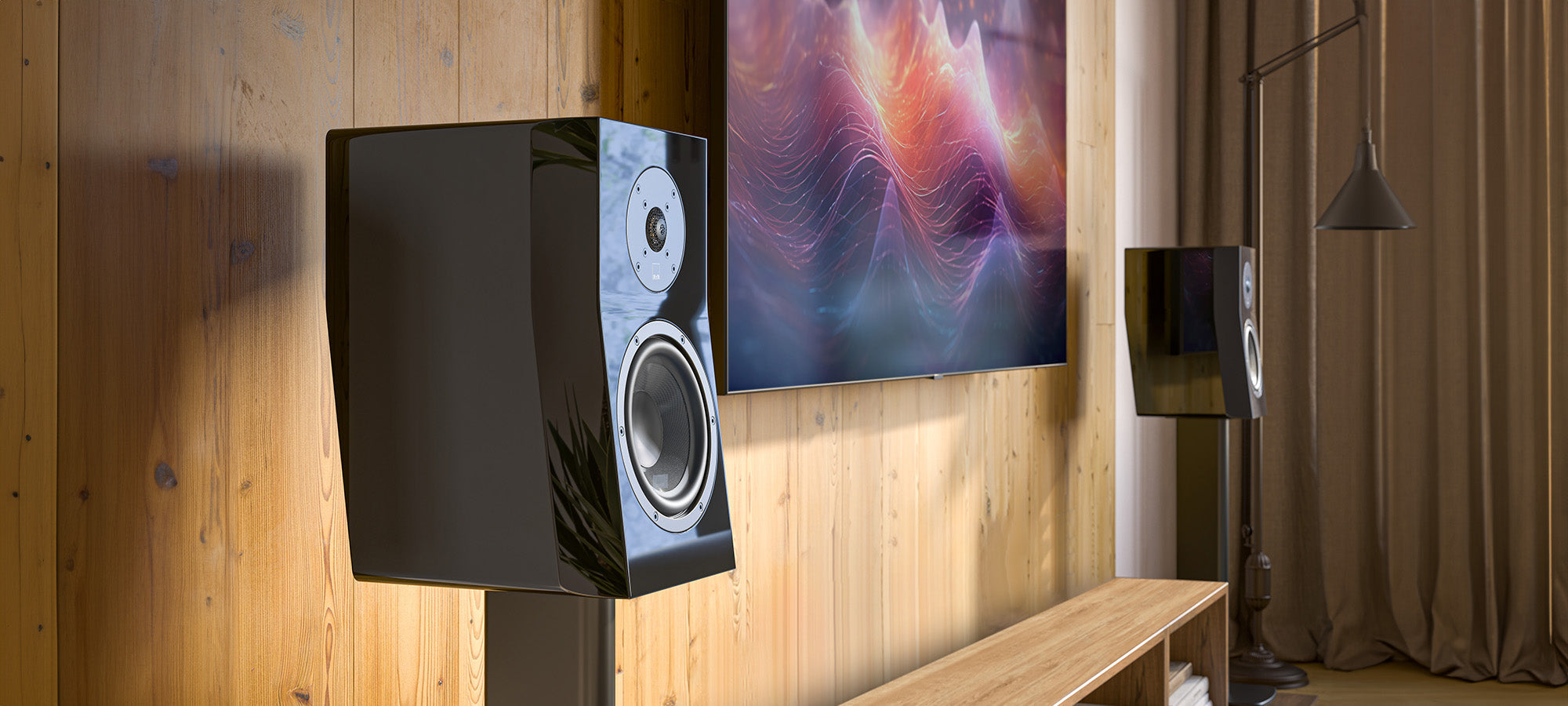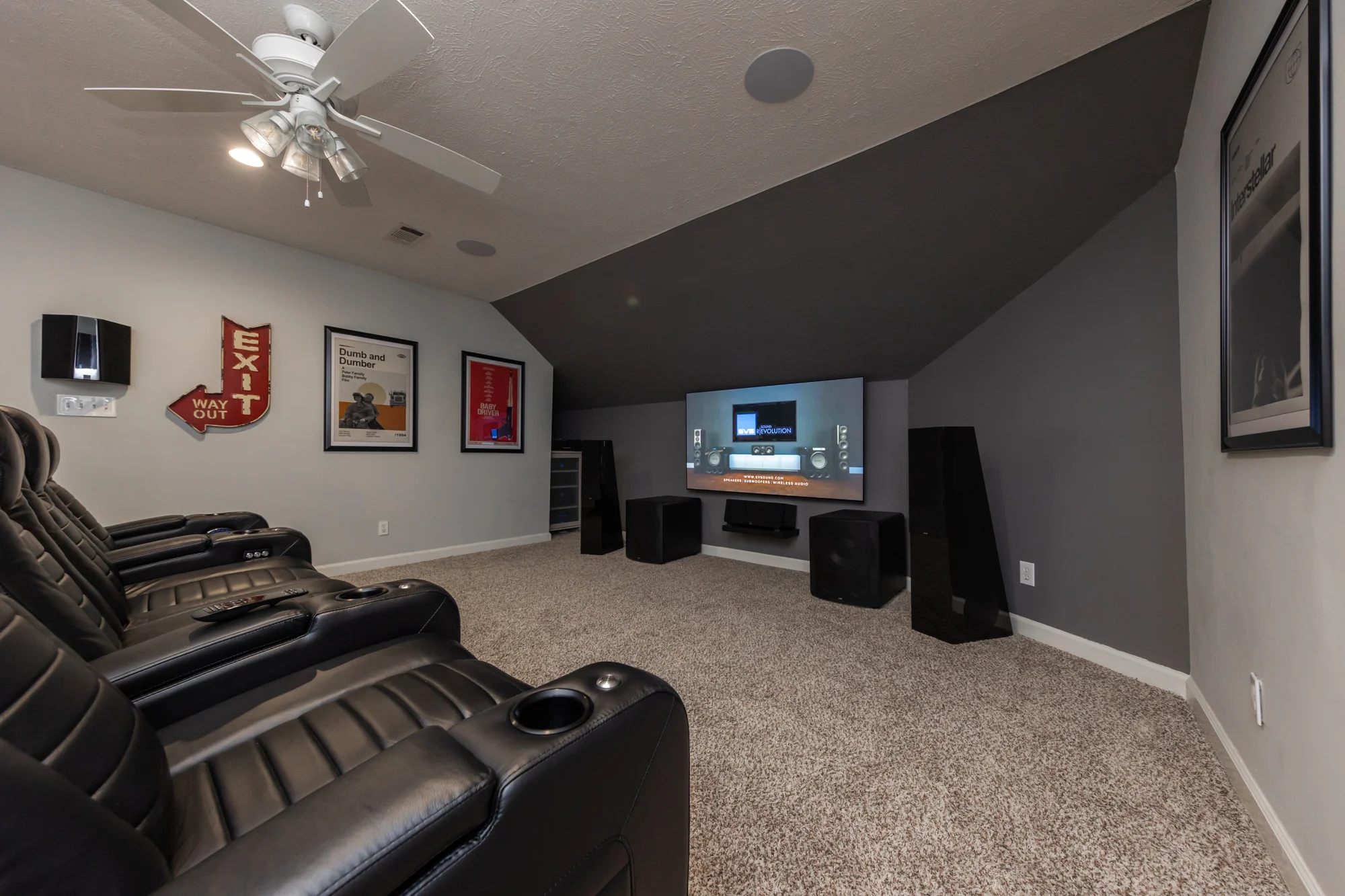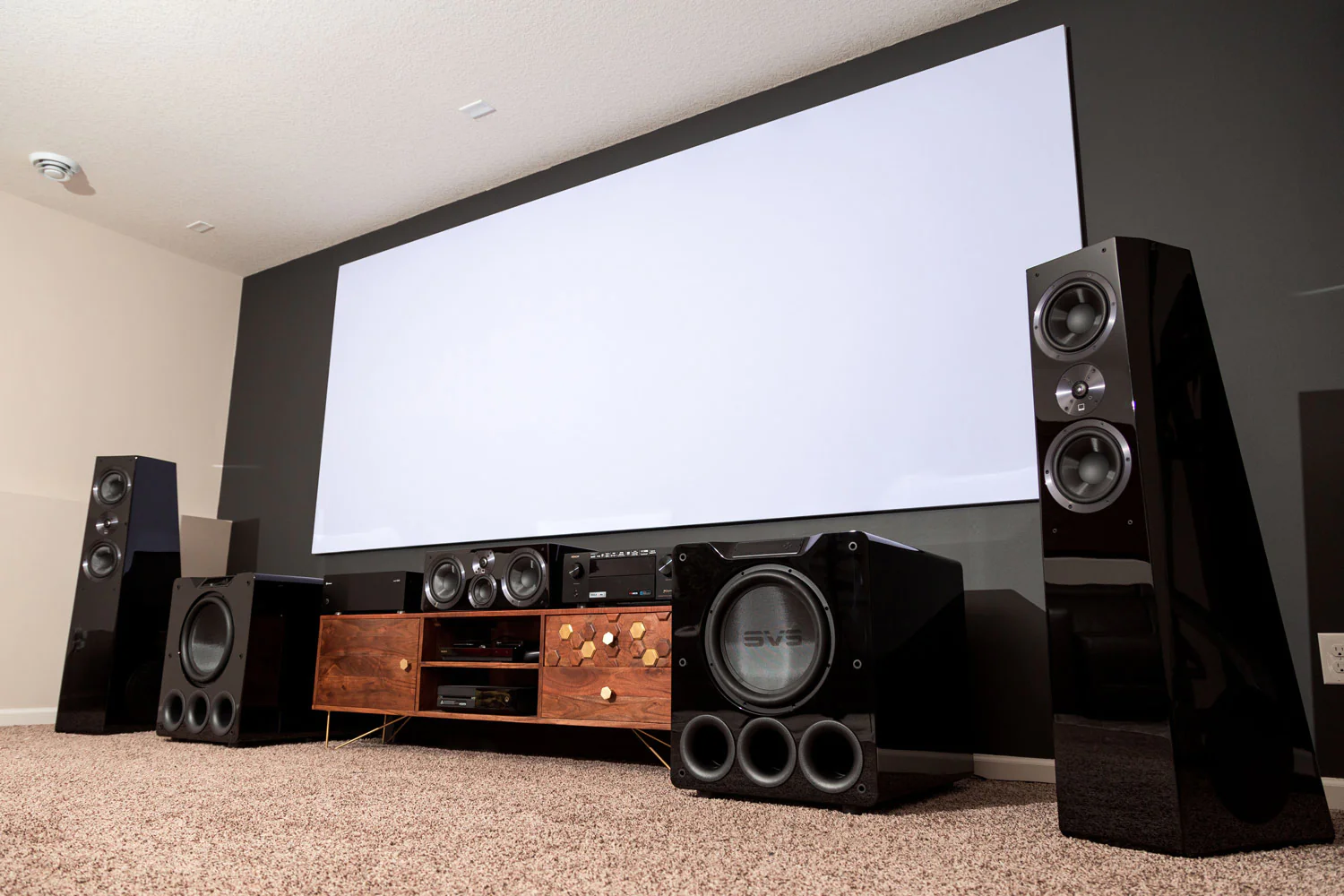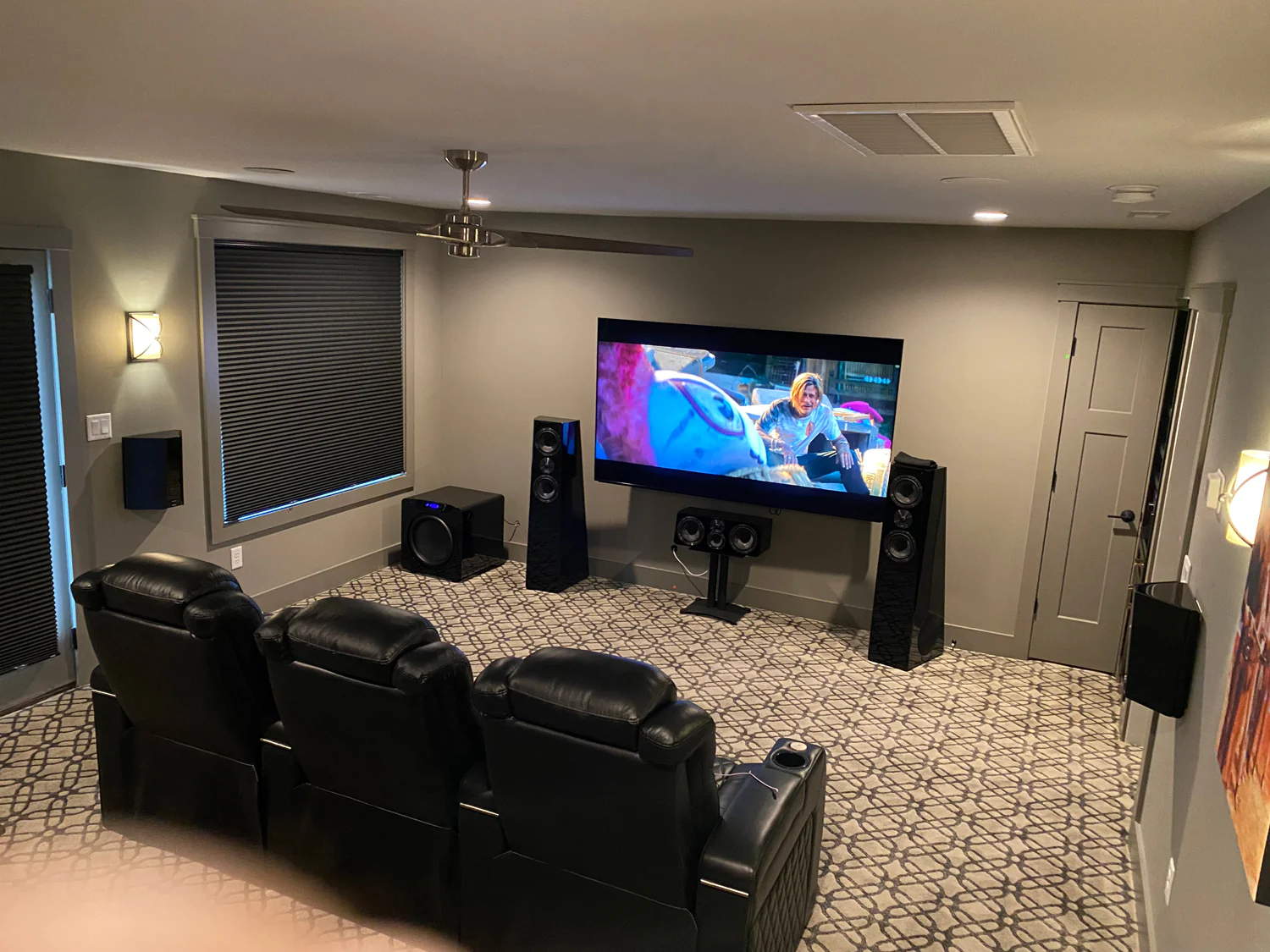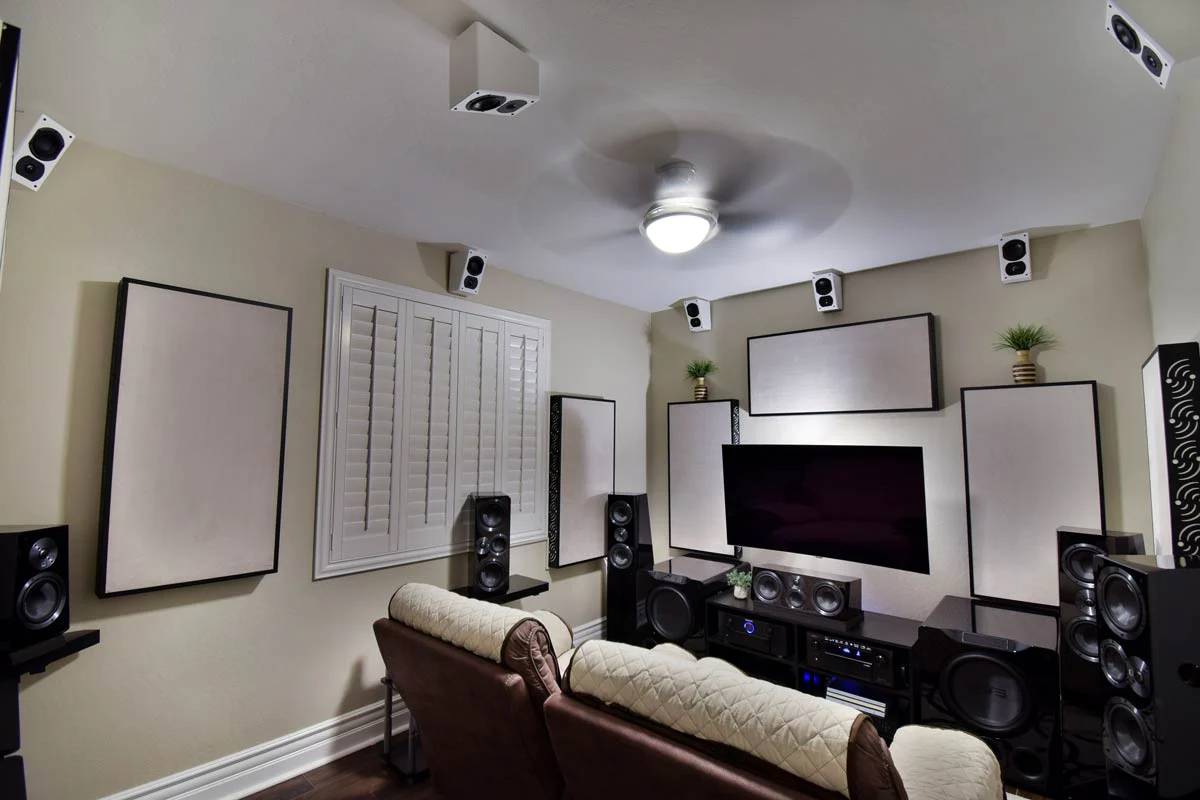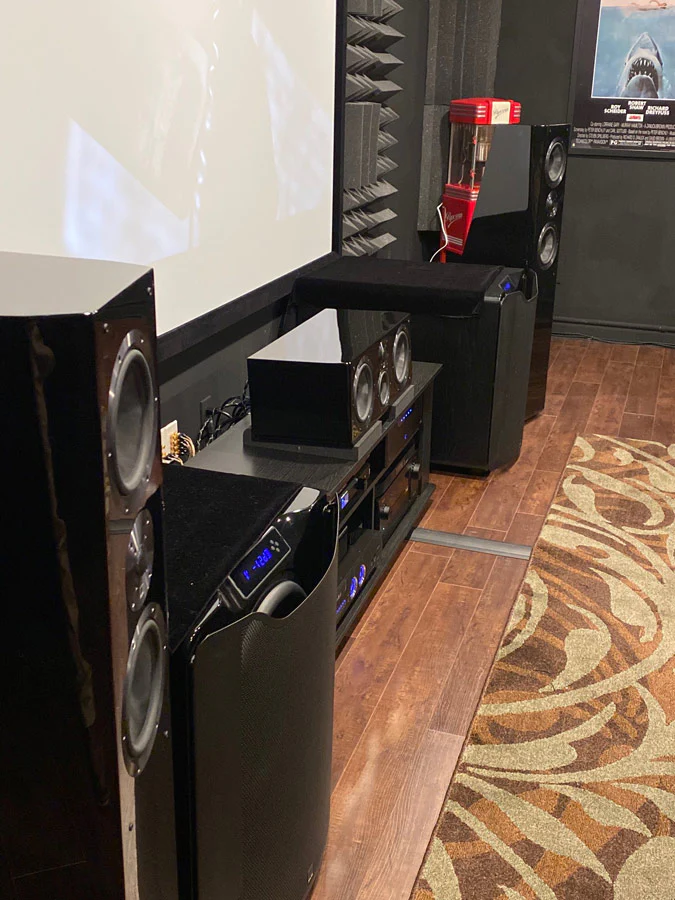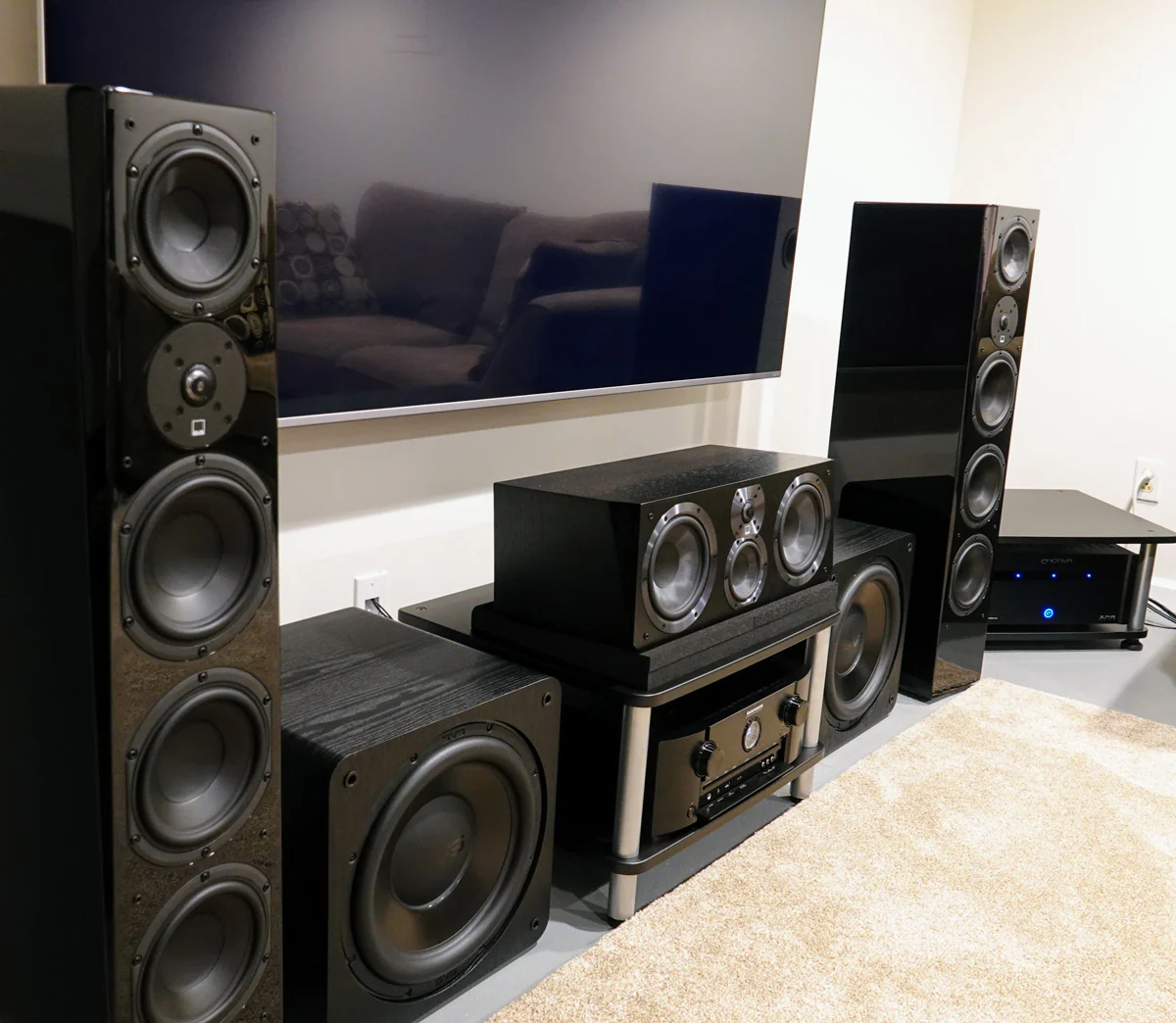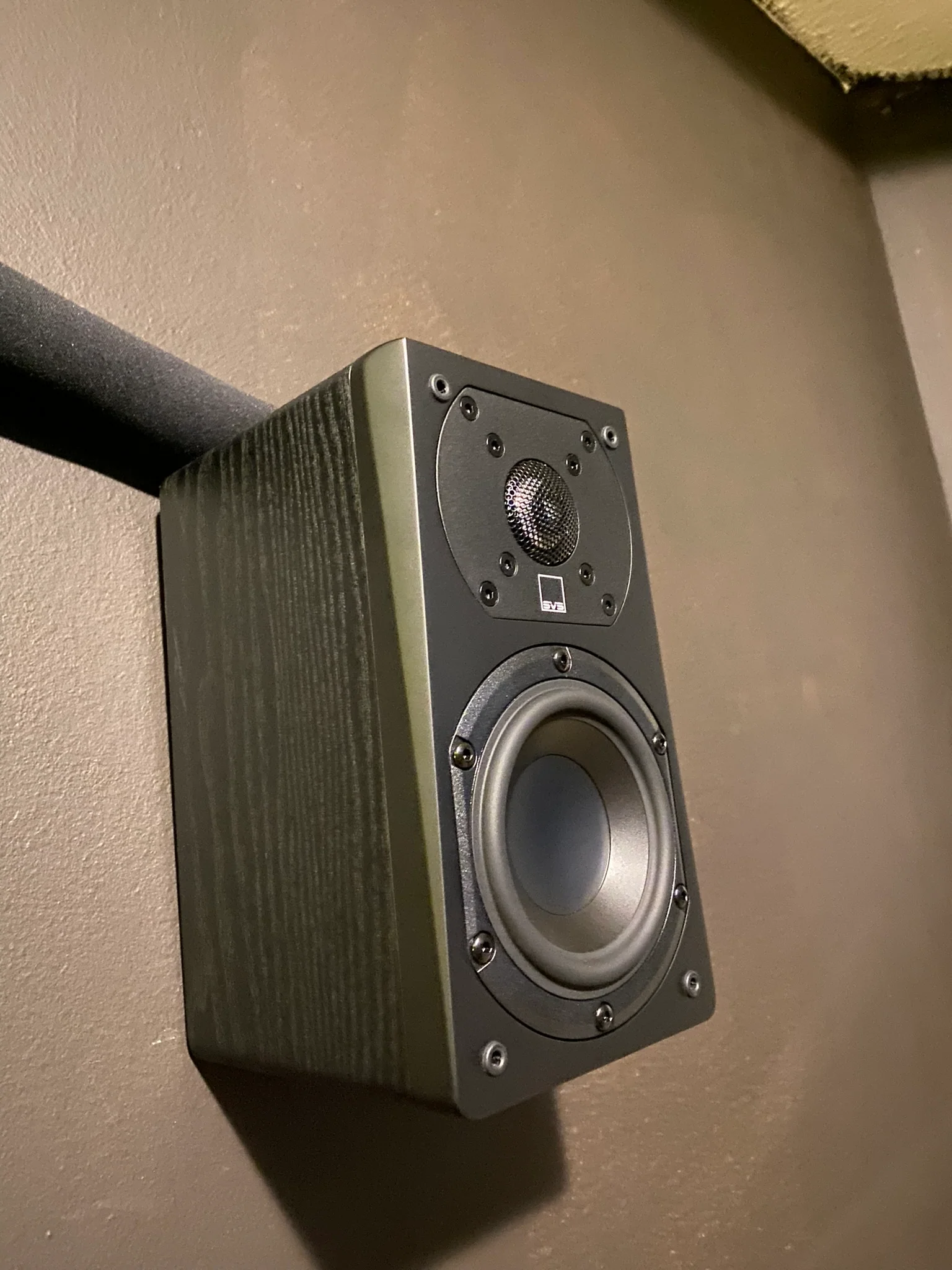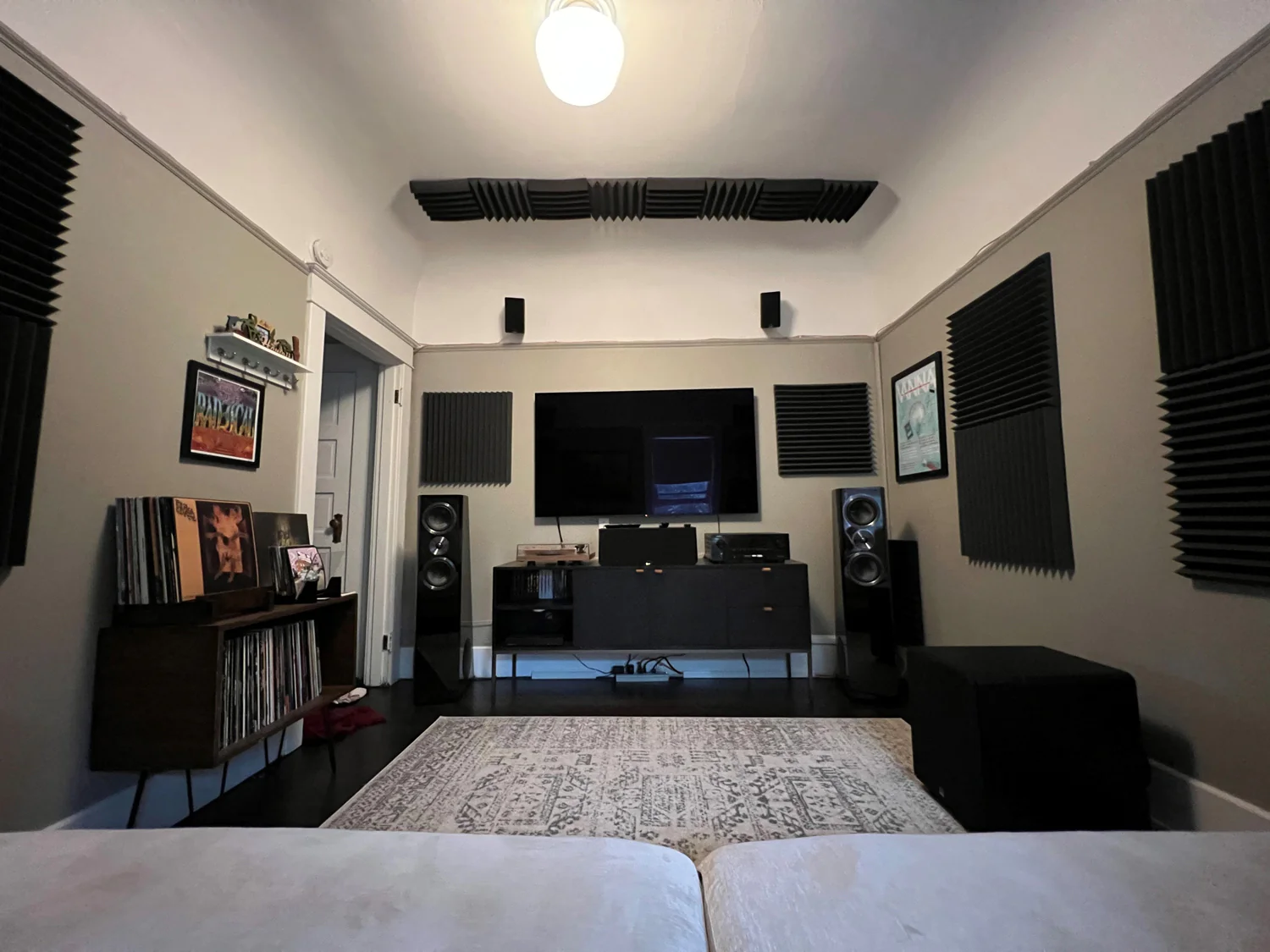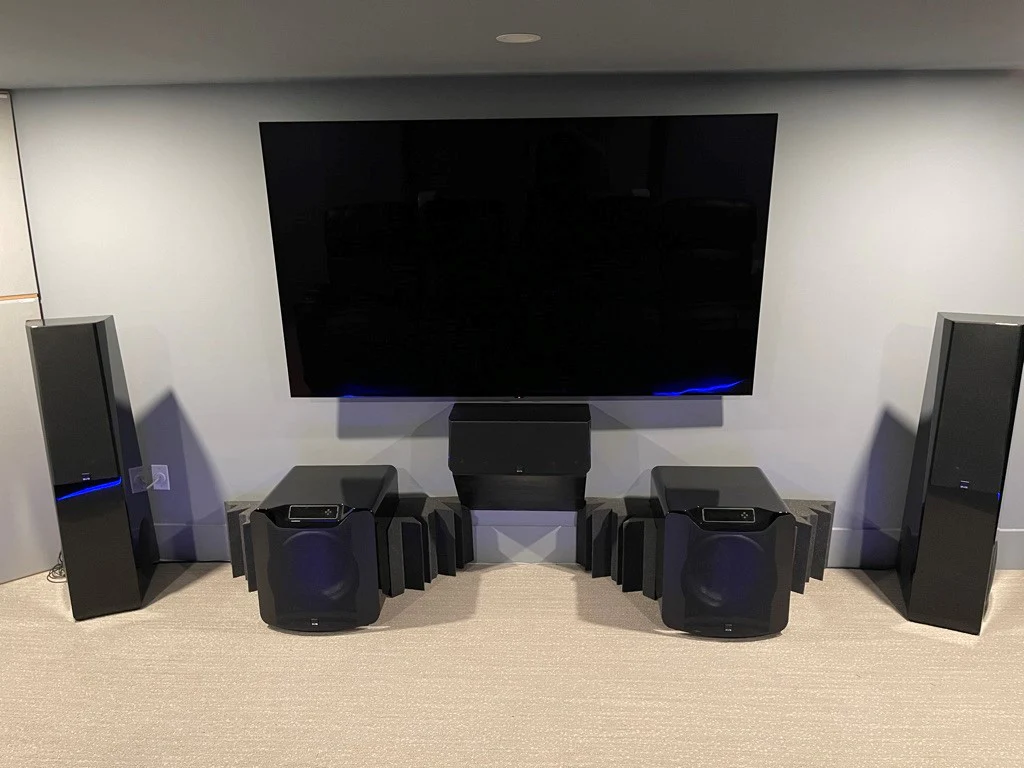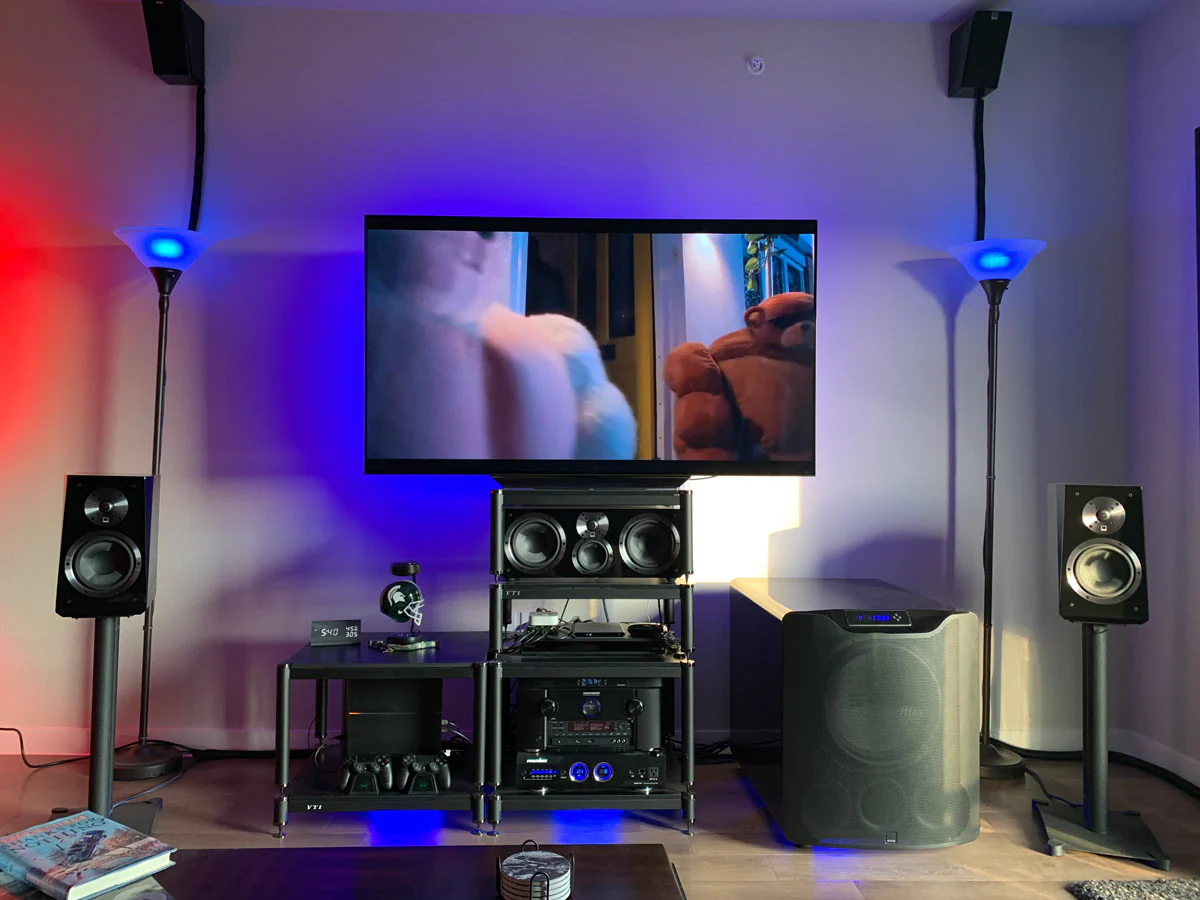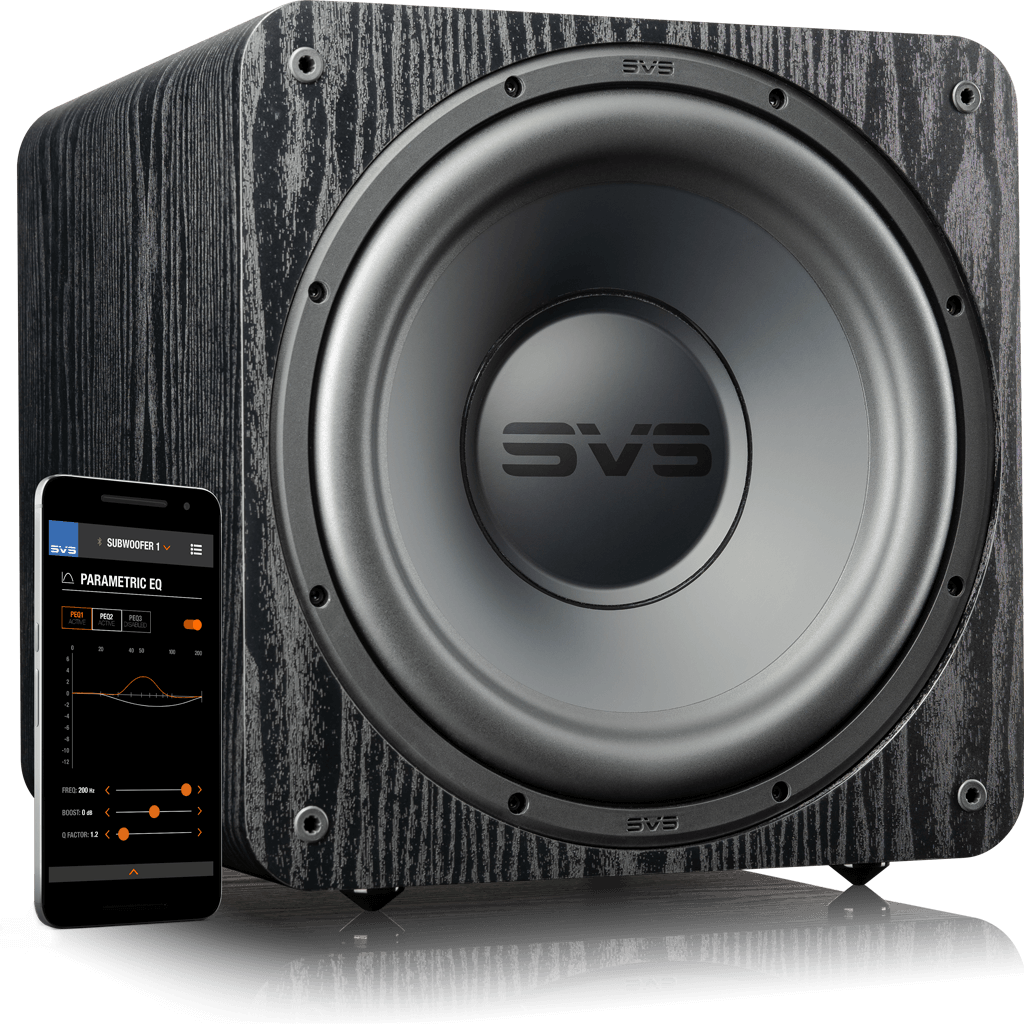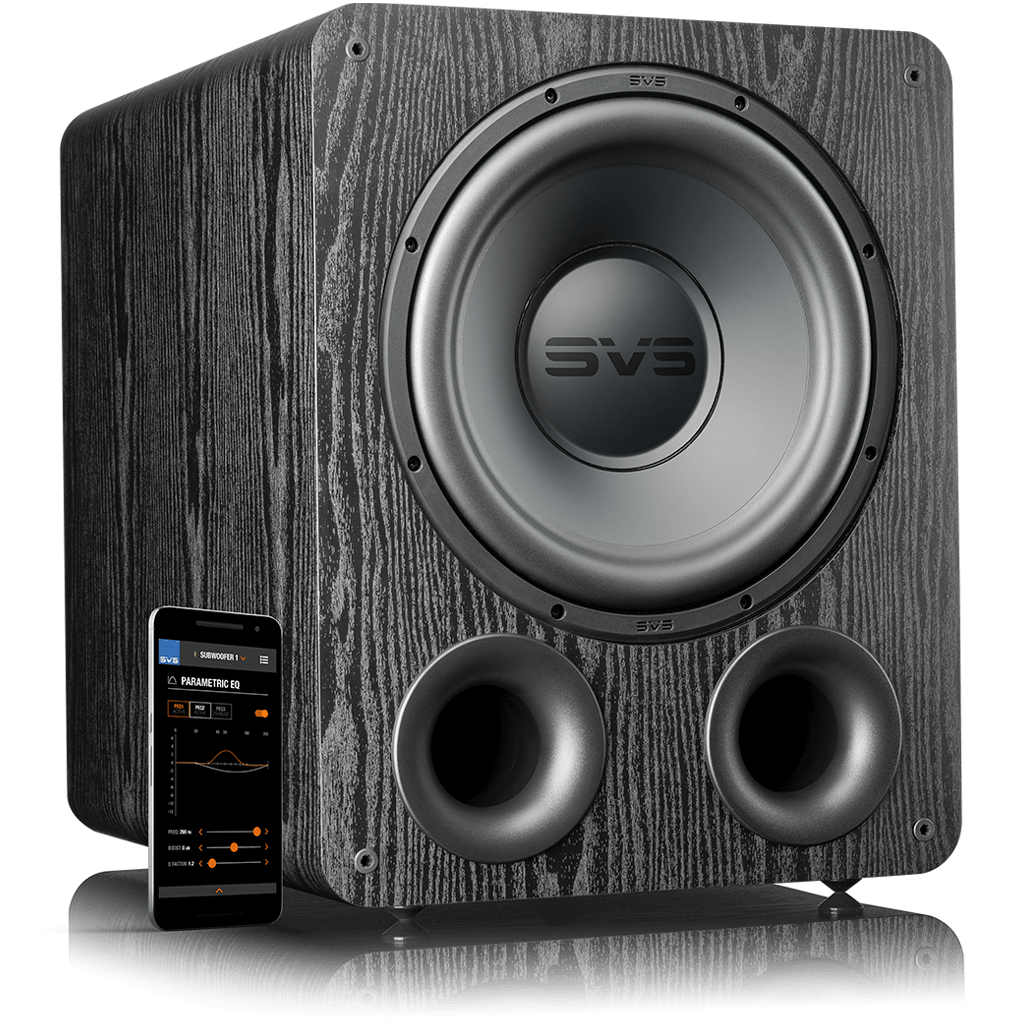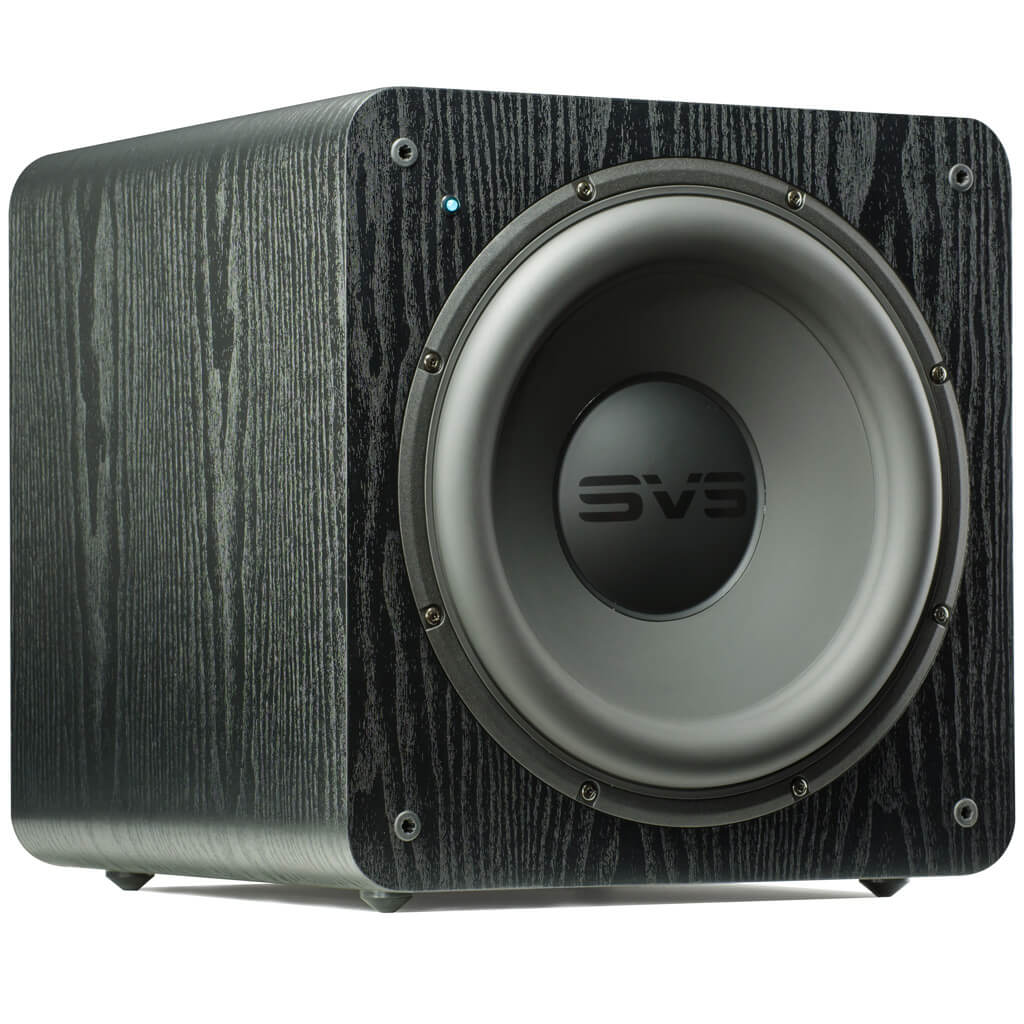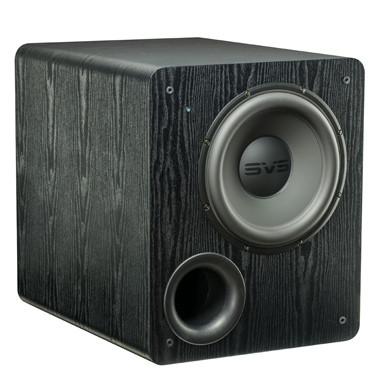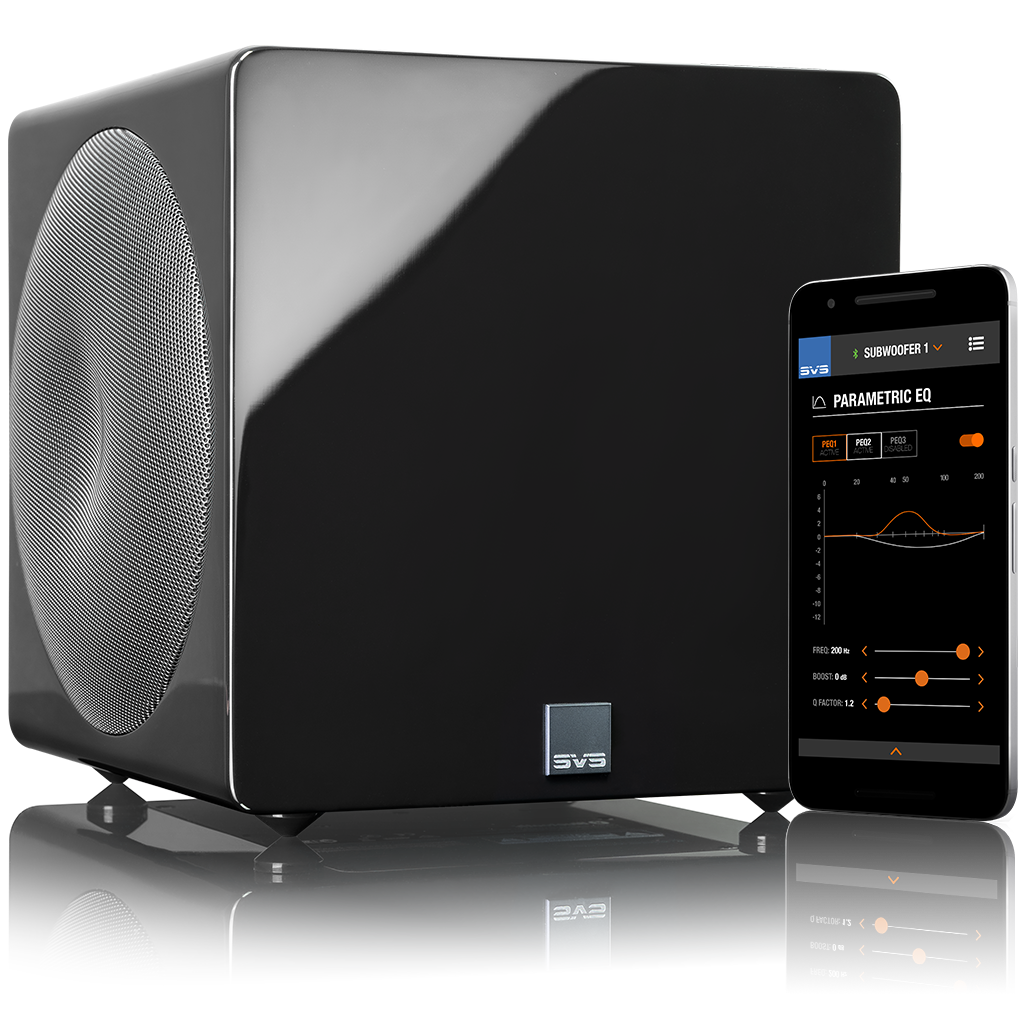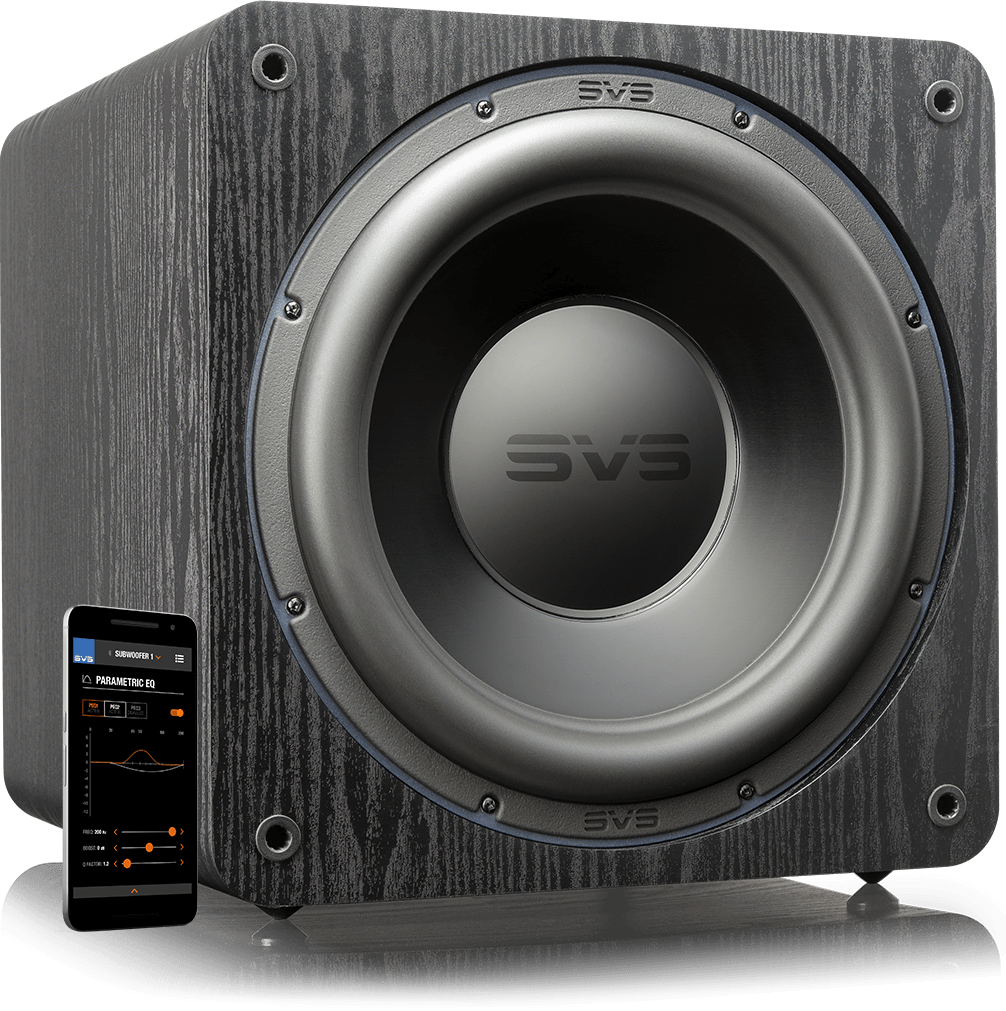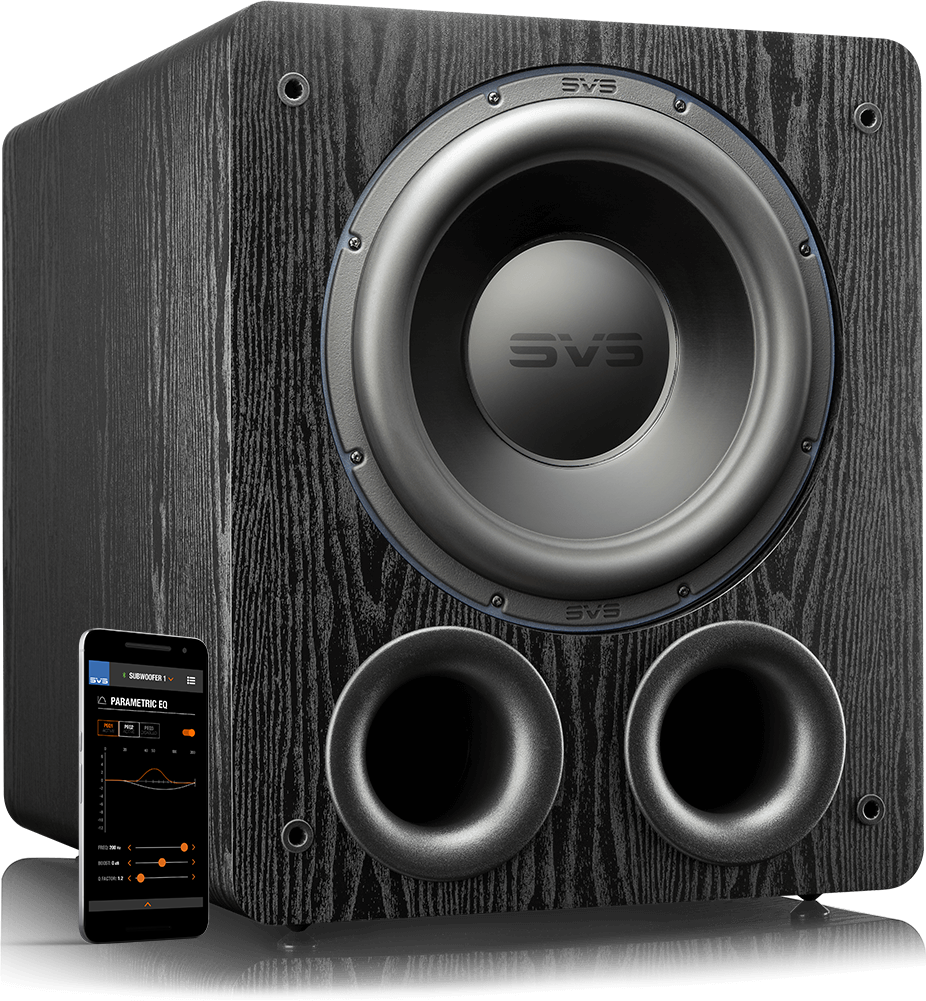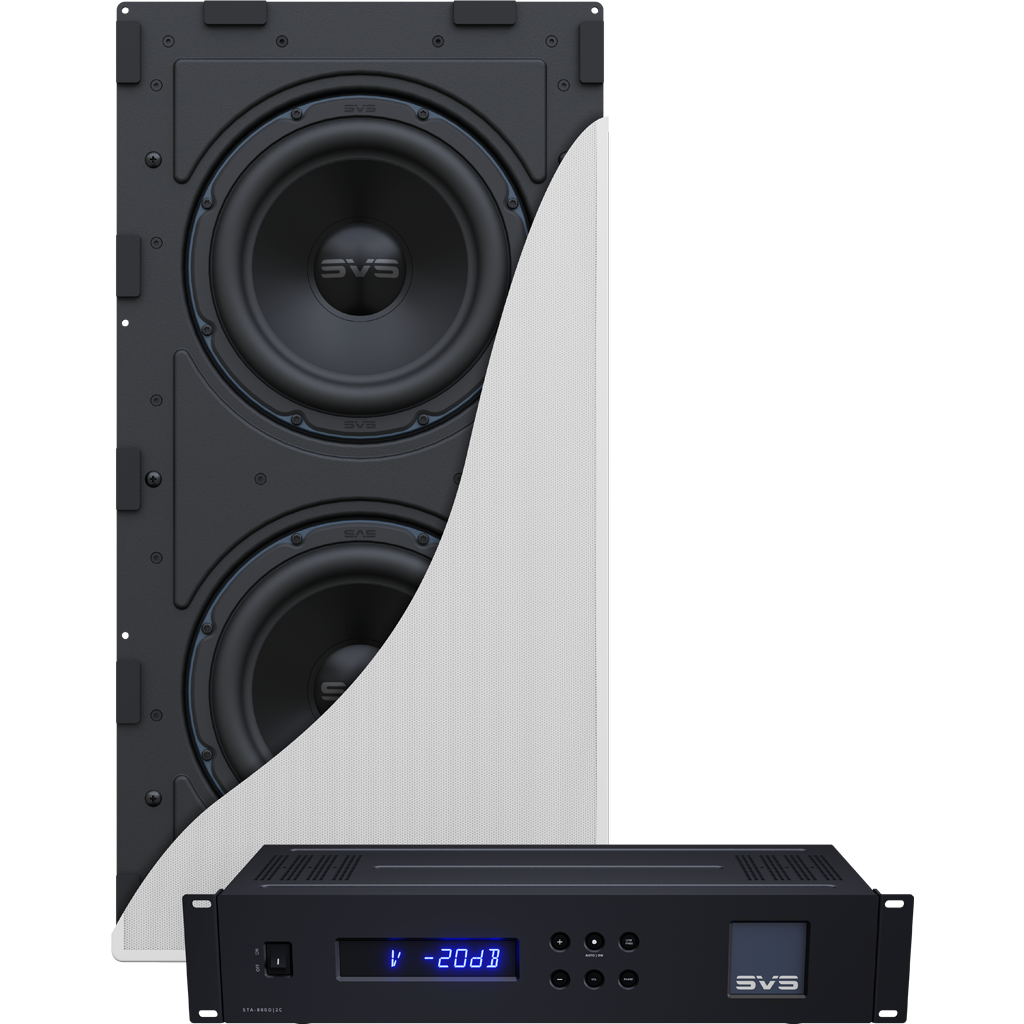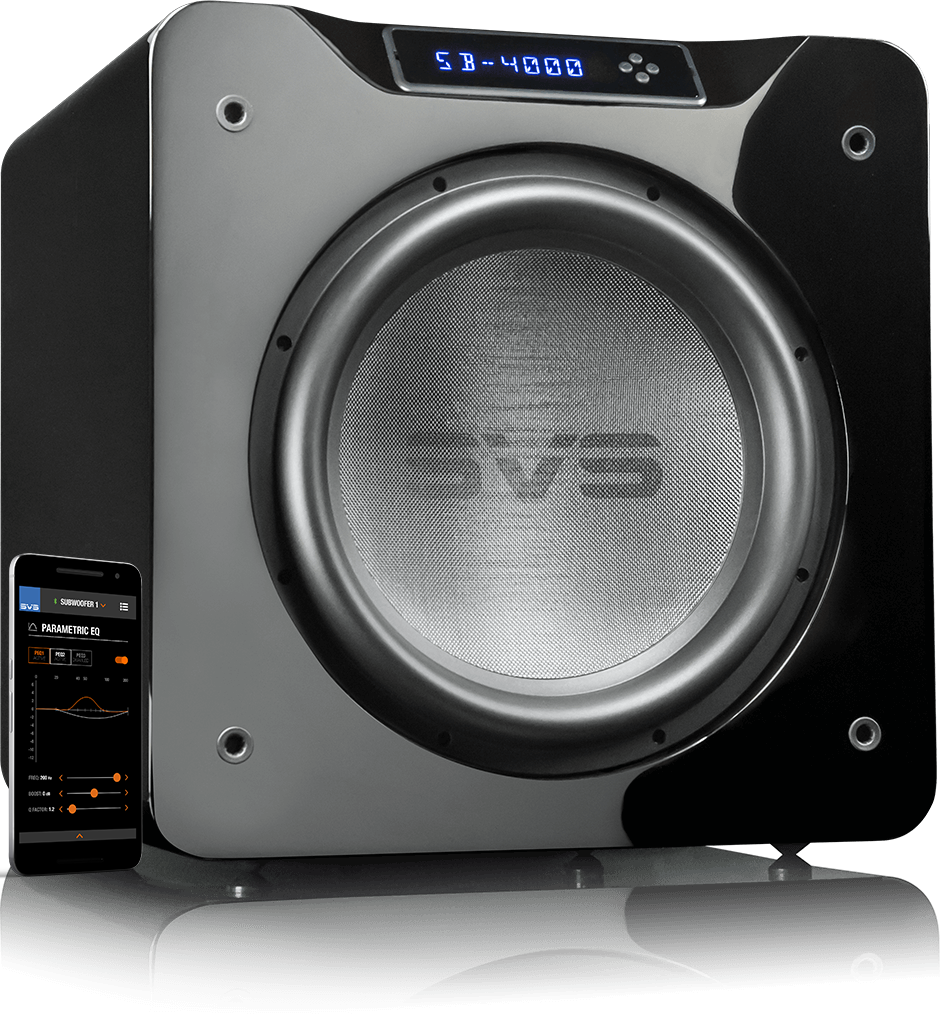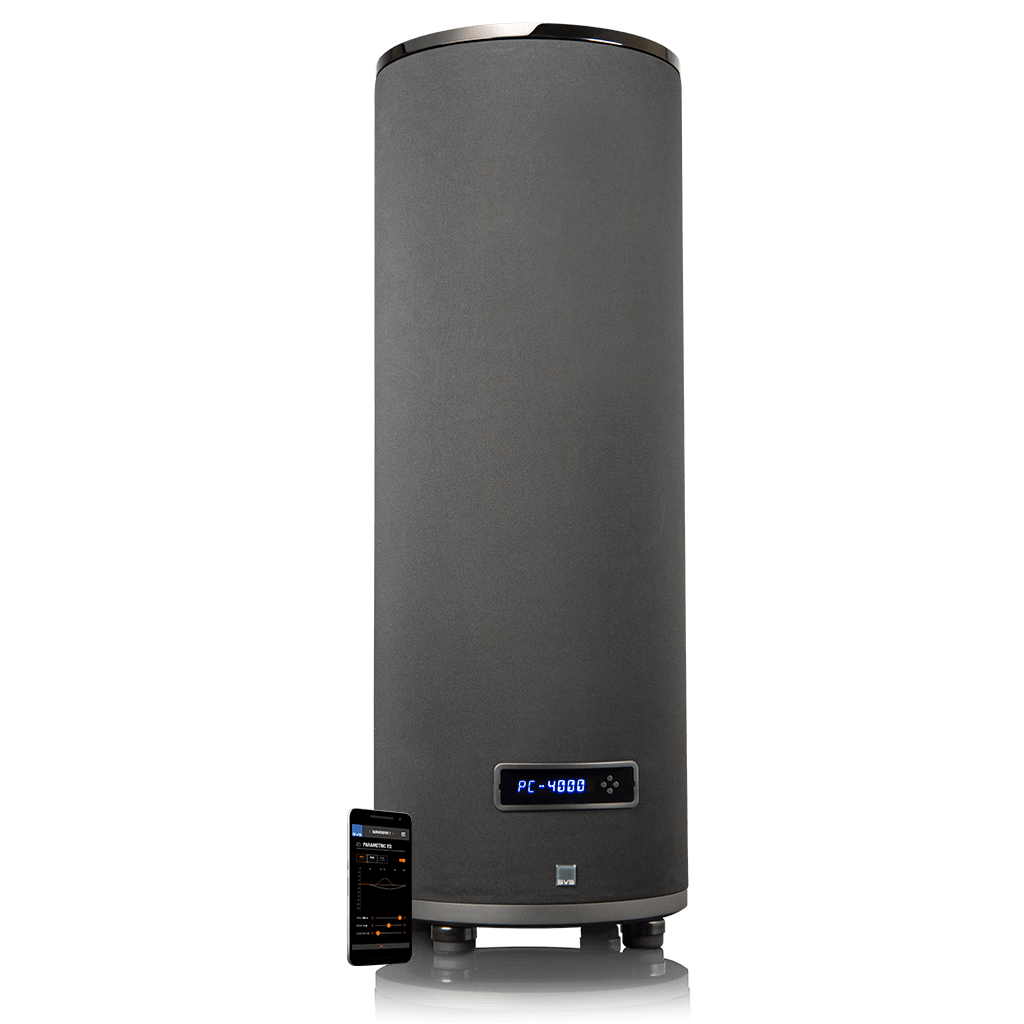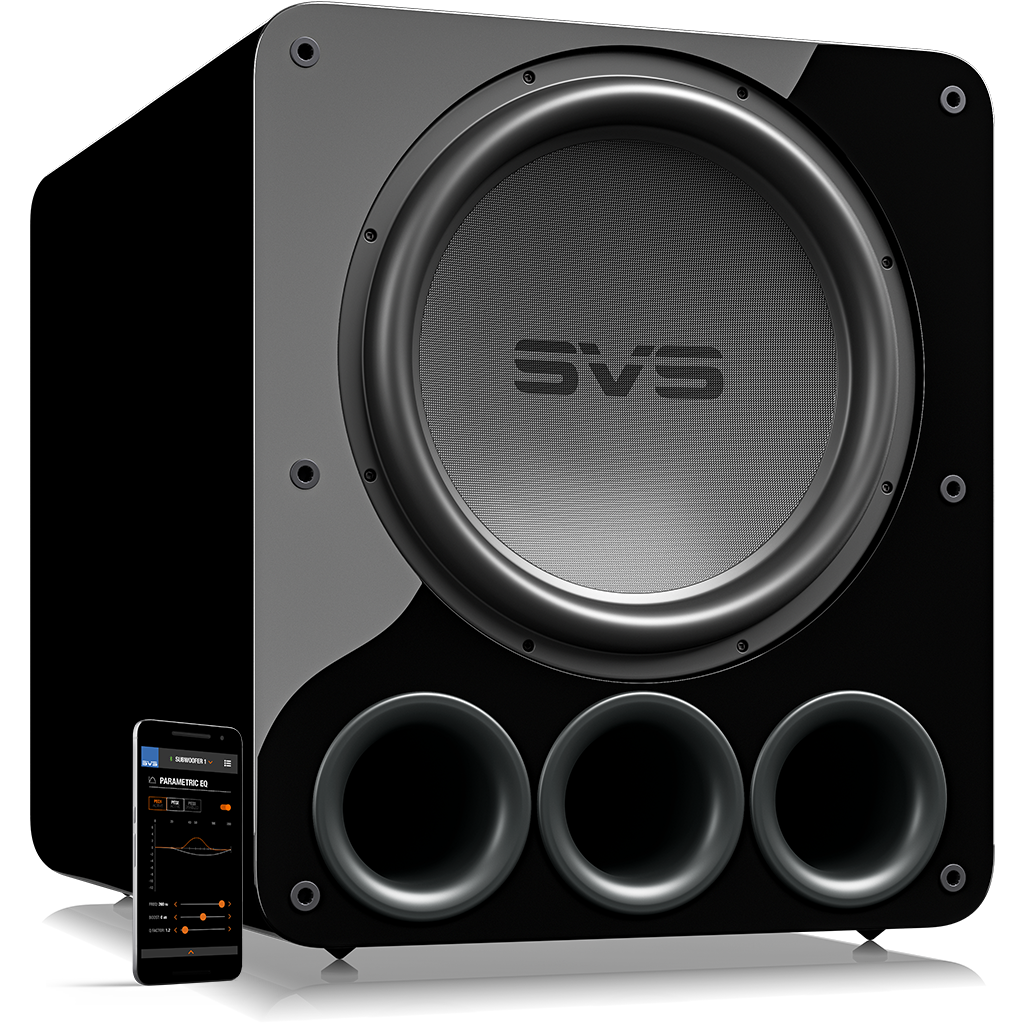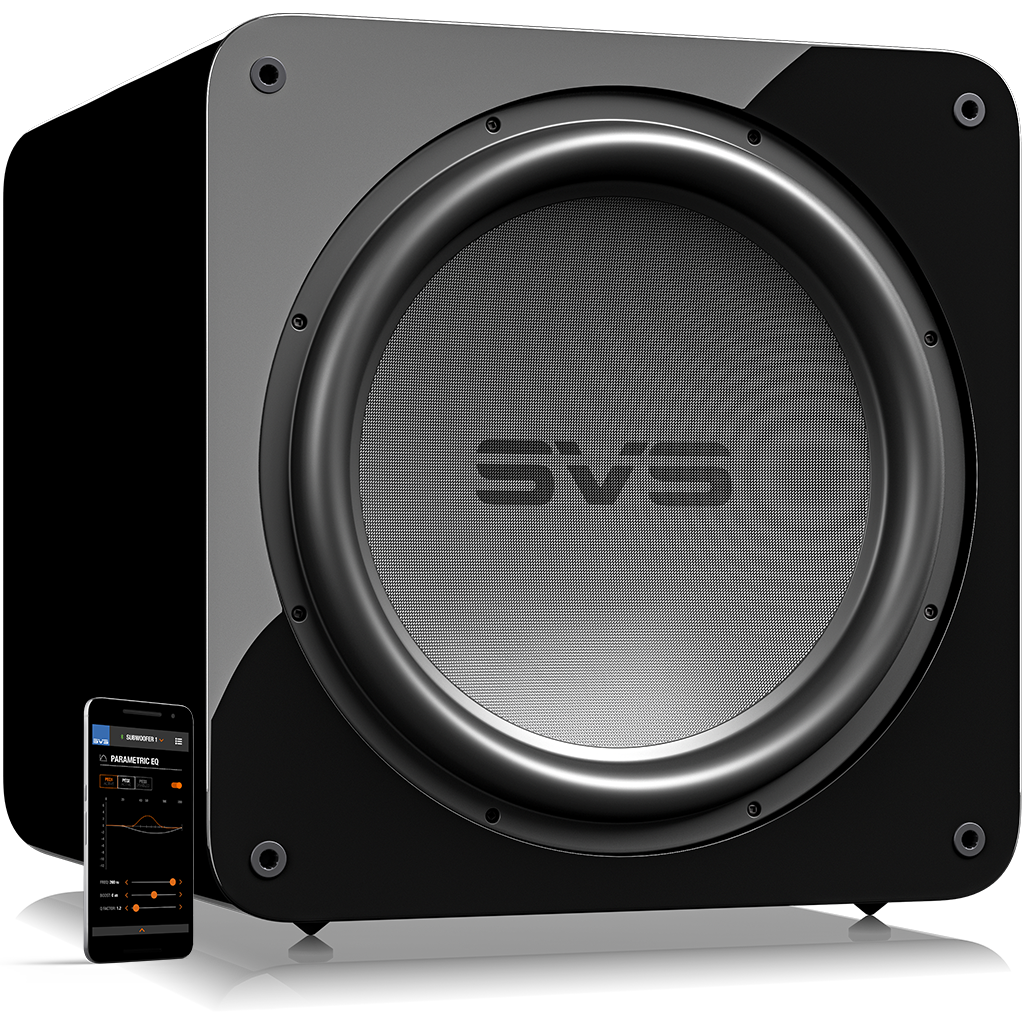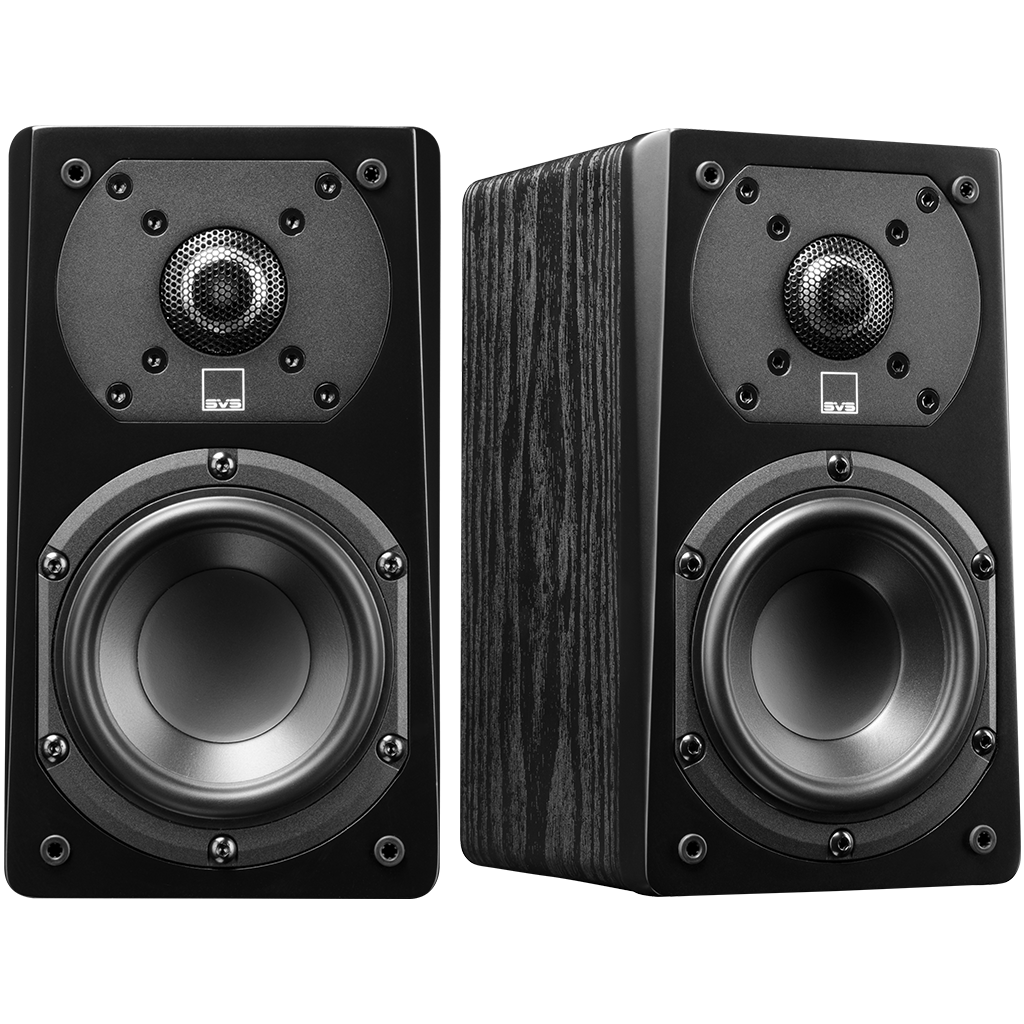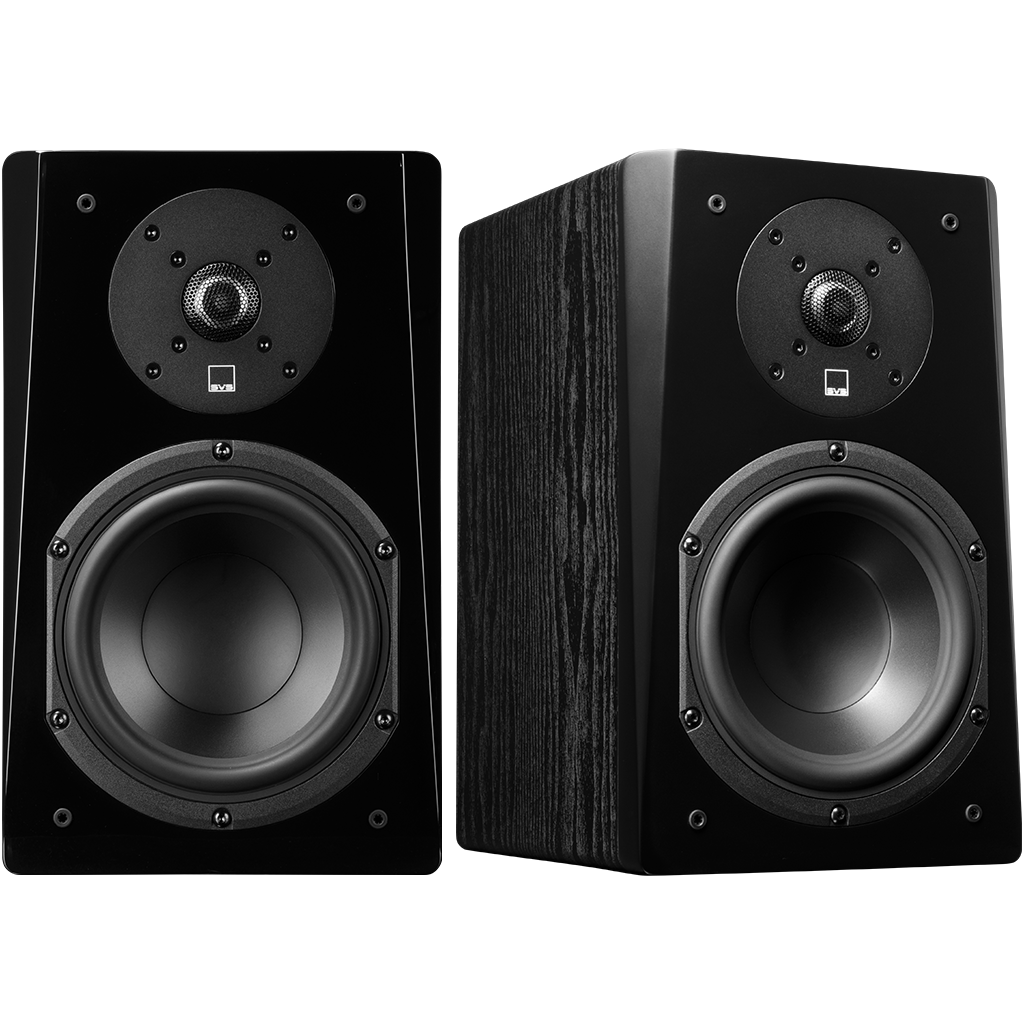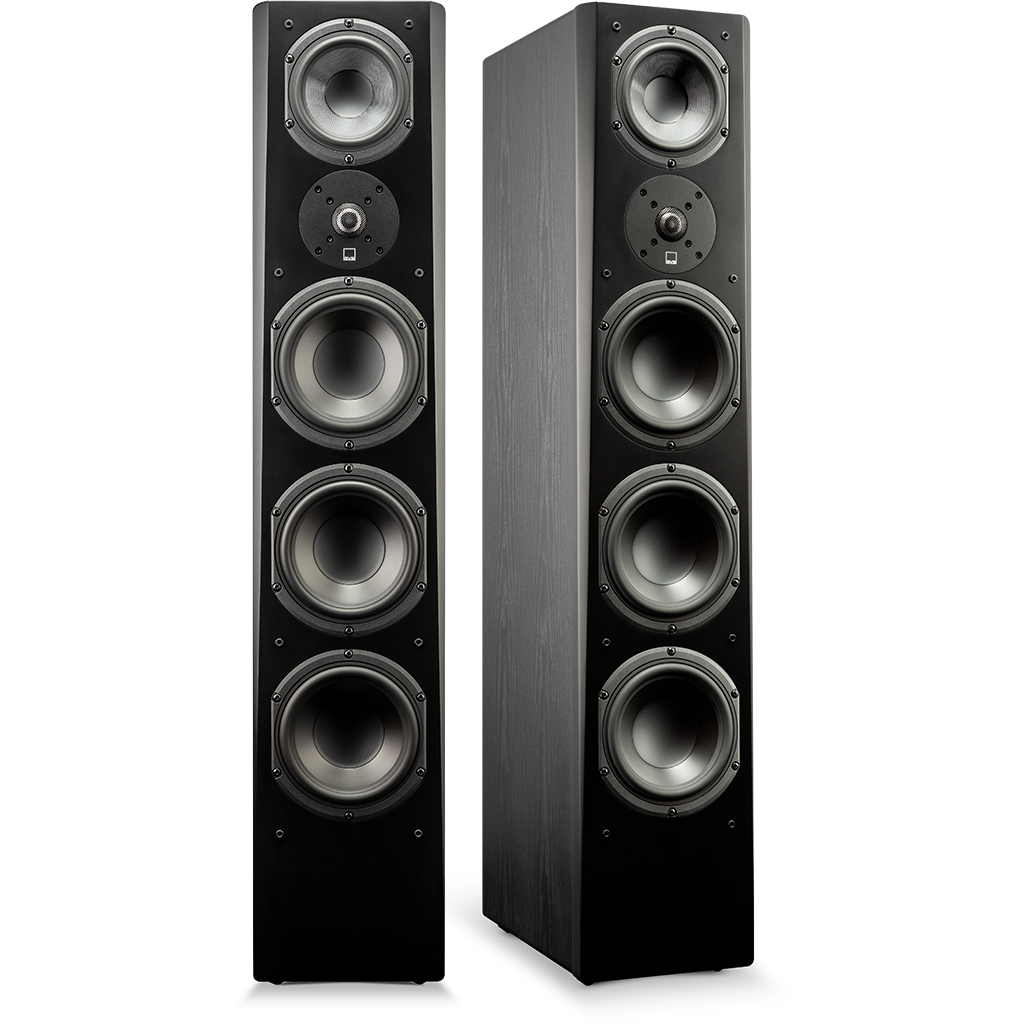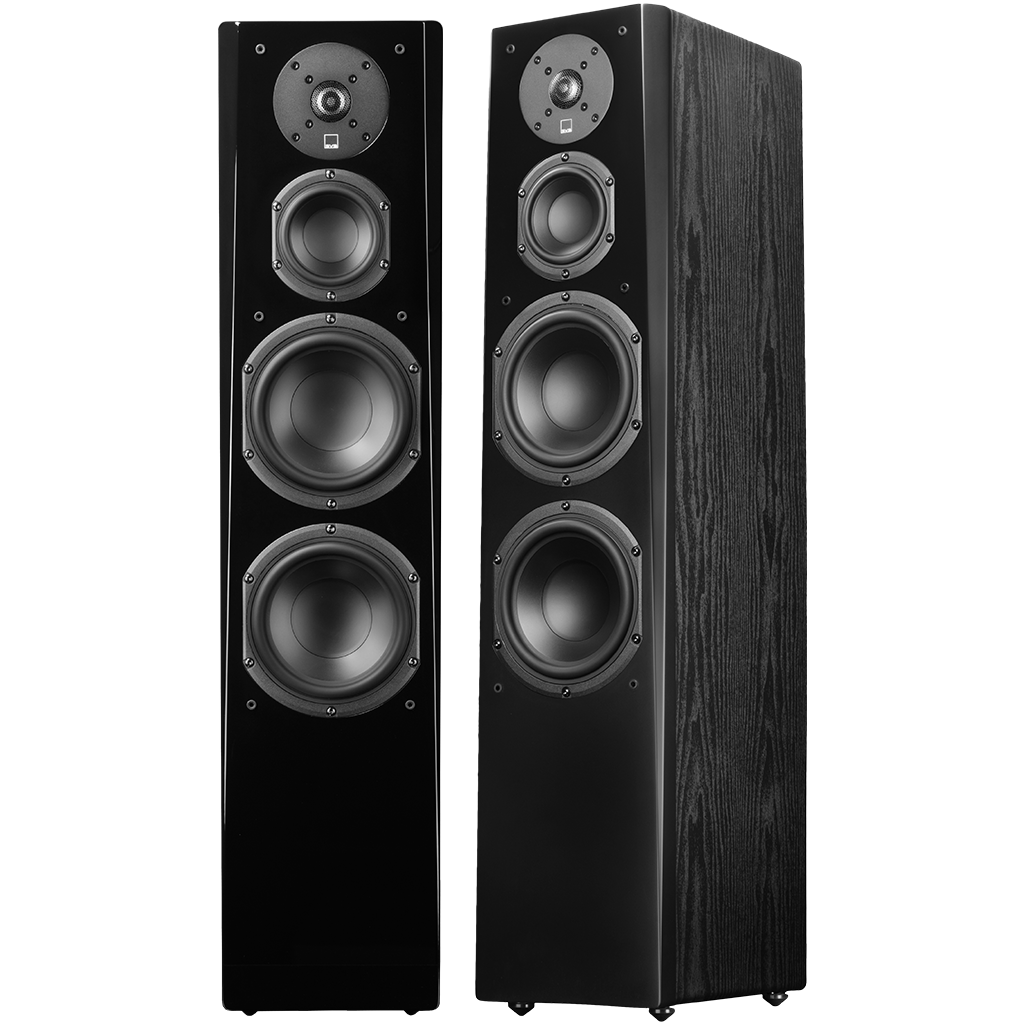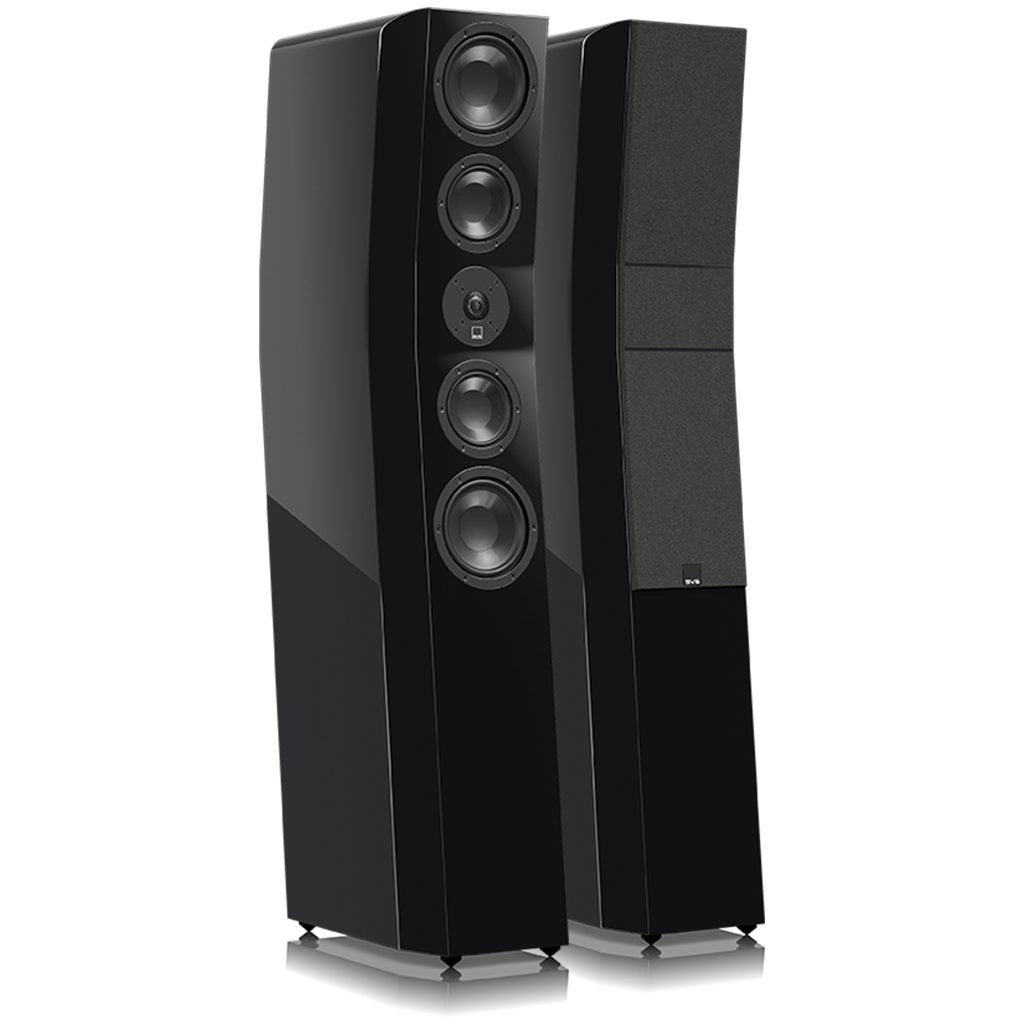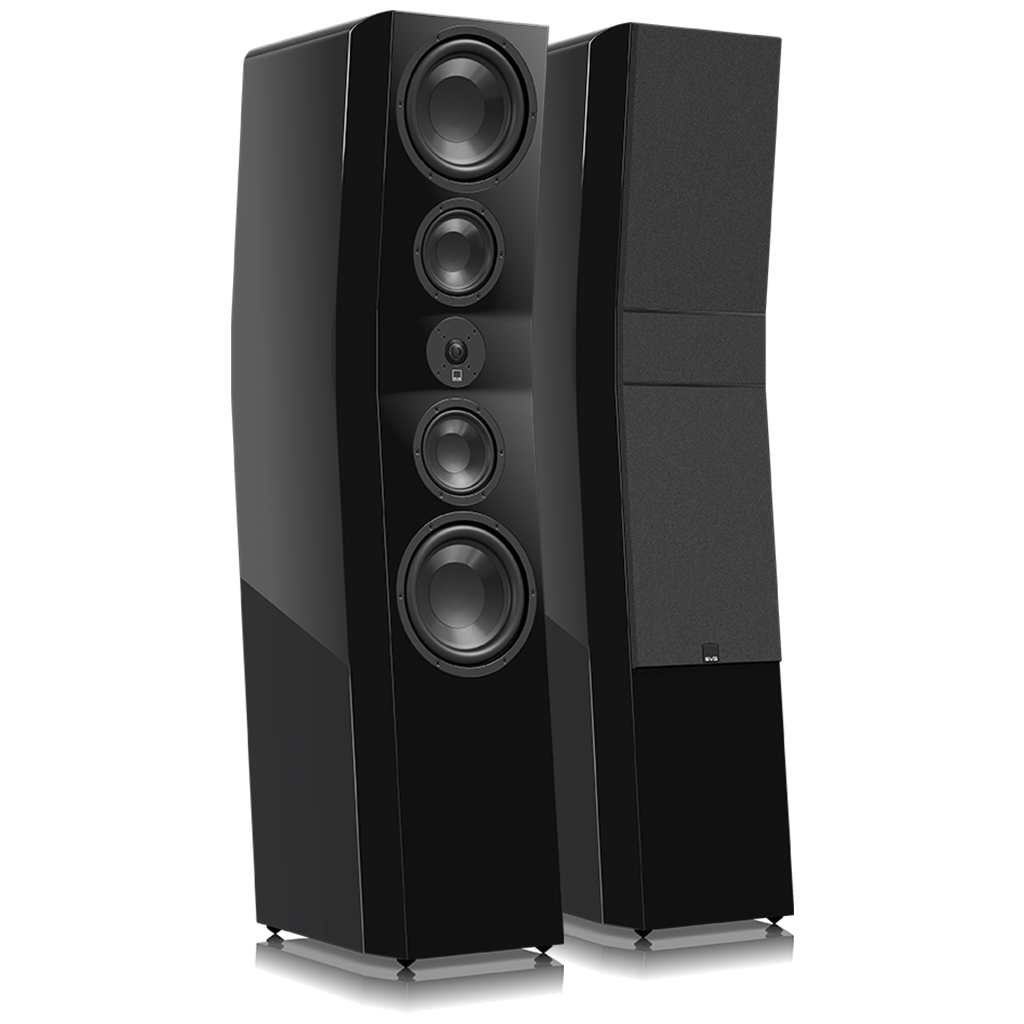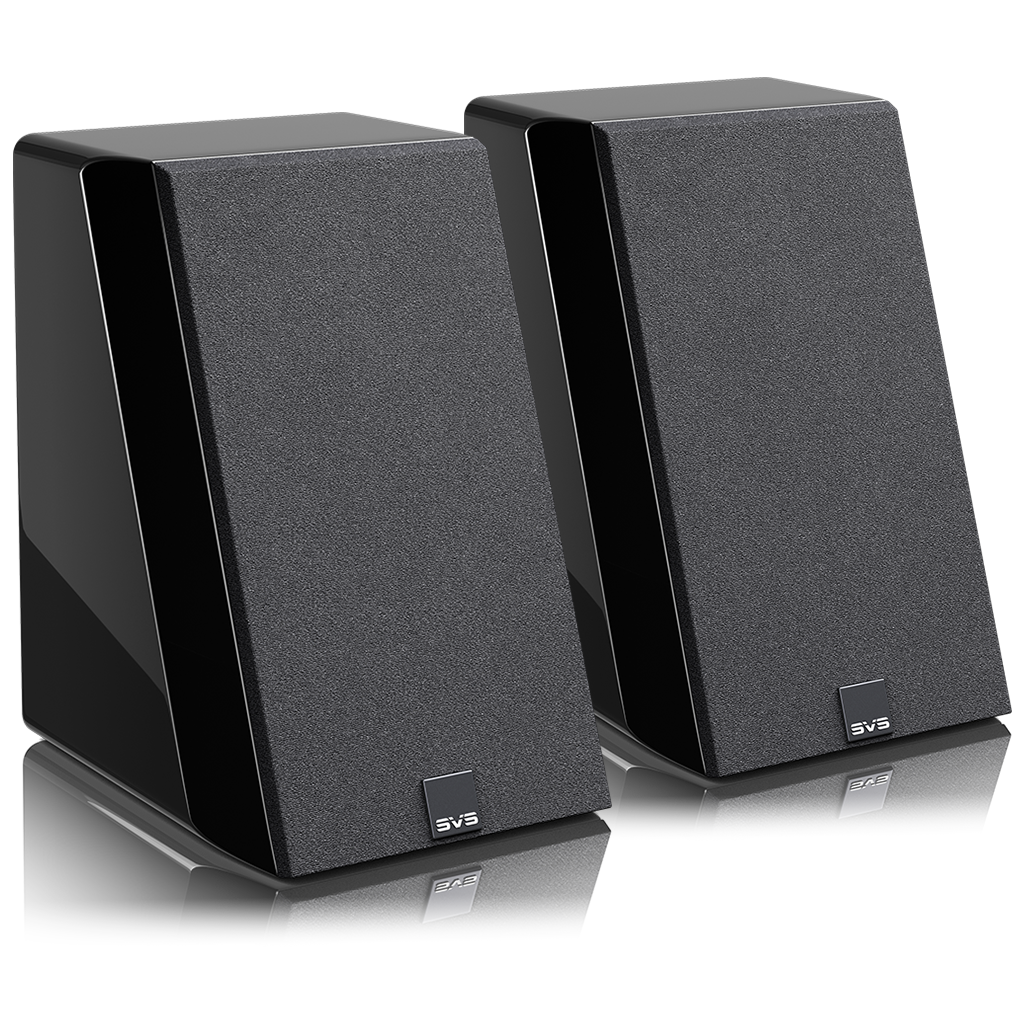
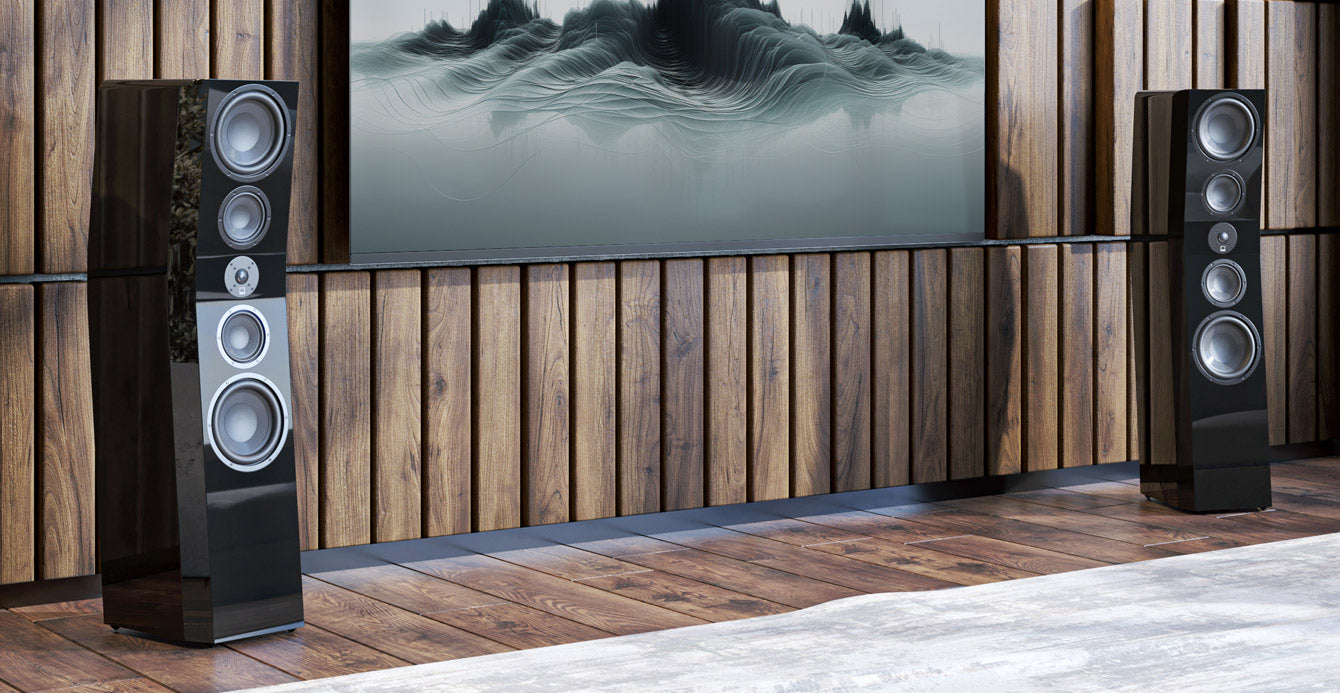
Speaker System Builder
Build your own custom SVS speaker and subwoofer system, and save!
“More detailed and more ‘Hi-Fi” than anything close to the price.”
“SVS sets the bar with dynamics of a theater system, neutrality and ambience of an audiophile system. Certified and Recommended.”
“Remarkable speakers at a head turning price. Performance outclasses much more expensive contenders.”
“More detailed and more ‘Hi-Fi” than anything close to the price.”
“SVS sets the bar with dynamics of a theater system, neutrality and ambience of an audiophile system. Certified and Recommended.”
“Remarkable speakers at a head turning price. Performance outclasses much more expensive contenders.”






Speakers Knowledge Base
Featured SVS Owner Systems
See our subwoofers in real home theaters. Profiles include full AV equipment lists and insightsfrom the owners about their journey.
FAQ
Many factors go into choosing the best speakers for your specific needs. These include the size of your room, the type of music/movies/TV shows you enjoy, your budget, how you perceive sound, and the actual physical appearance. While technical specs like frequency response and power handling should be considered, they are more important in terms of compatibility with your AV receiver, amplifier, or other gear. It’s best to choose loudspeakers that sound great and meet your expectations as opposed to agonizing over specs. For tips on what to listen for when choosing speakers, check out this blog and video.
Stereo systems employ two front speakers (left and right) to craft a soundstage replicating a recording's left-right channels, offering precise audio imaging. Explore The Magic of 2-Channel Stereo for details. Surround sound systems consist of front left/right speakers, a center channel for dialogue, multiple surround speakers for ambient audio, and a sub woofer for deep bass, typically in a 5.1 array. Check out How to Build the Ultimate Home Theater Experience for a deeper dive.
It’s best to avoid mixing different brands of speakers because the voicing, materials, and performance specs are different, which can negatively impact the listening experience. This is especially true on the front stage where most of the sound comes from. Panning effects can seem less realistic, and the tone of voices can change depending on whether it’s coming from the center channel or left/right front speakers. It’s less important with surround and Dolby Atmos speakers, which provide ambient sound and surround effects. Any brand of subwoofer can be used with any brand of speaker since low frequencies don’t require voicing.
All Prime and Ultra Series speakers are timbre-matched, meaning they can be used interchangeably in a home theater speaker system. For a deeper dive into the differences, check out this article, Comparing SVS Prime & Ultra Series Speakers.
Always start with speaker cables or wires that are thick enough to handle the power output of your amplifier or receiver and it’s smart to measure twice and cut once, and leave yourself an extra foot or two of wire. The polarity of the wires also needs to match the polarity of the terminals on both ends. The positive wire (usually red) should connect to the positive terminal (+) on the loudspeaker and the negative wire (usually black) should connect to the negative terminal (-). If you reverse the polarity, you will lose bass and stereo imaging. Some speakers may also have other types of connections, such as RCA jacks, banana plugs, spades, or bare wire and there are also options such as speaker bi-amping that can sometimes improve performance.

